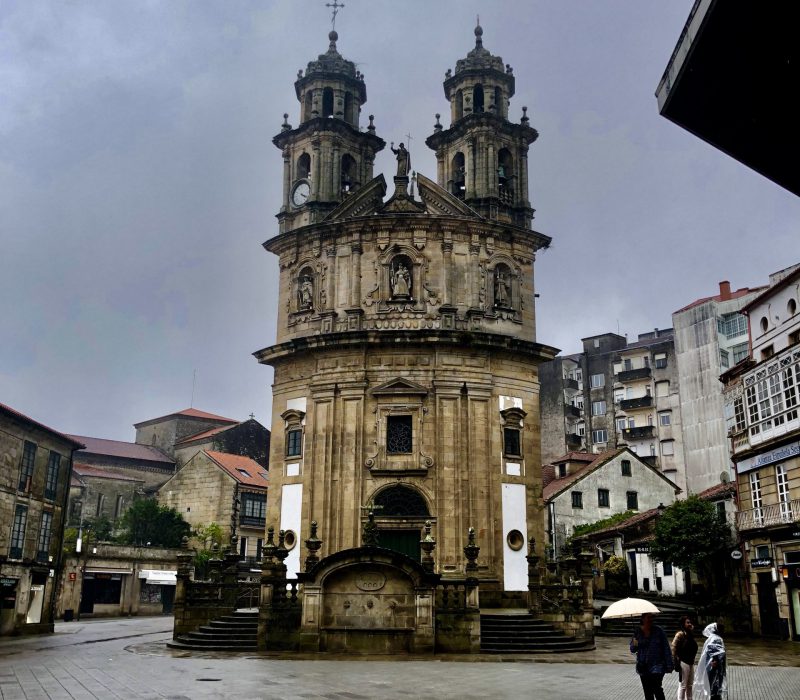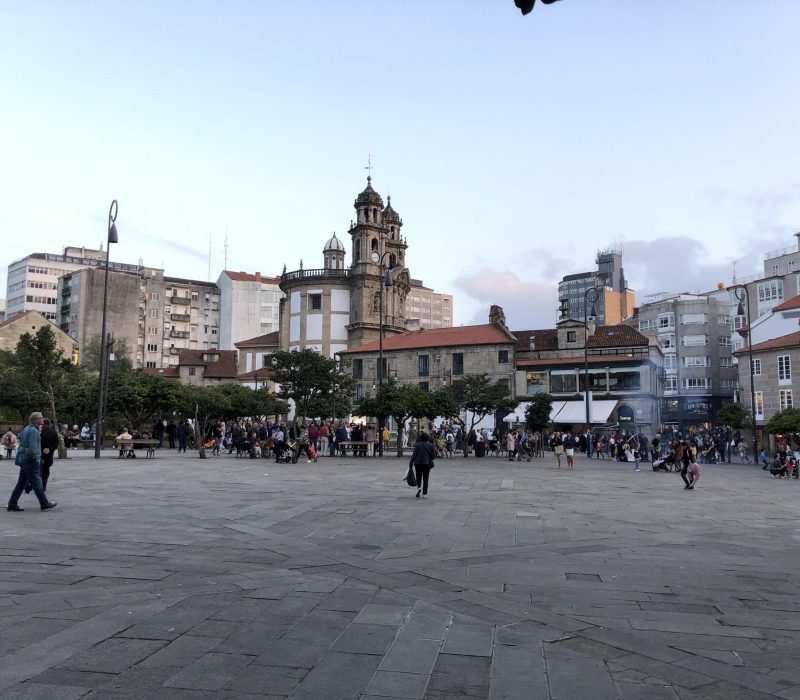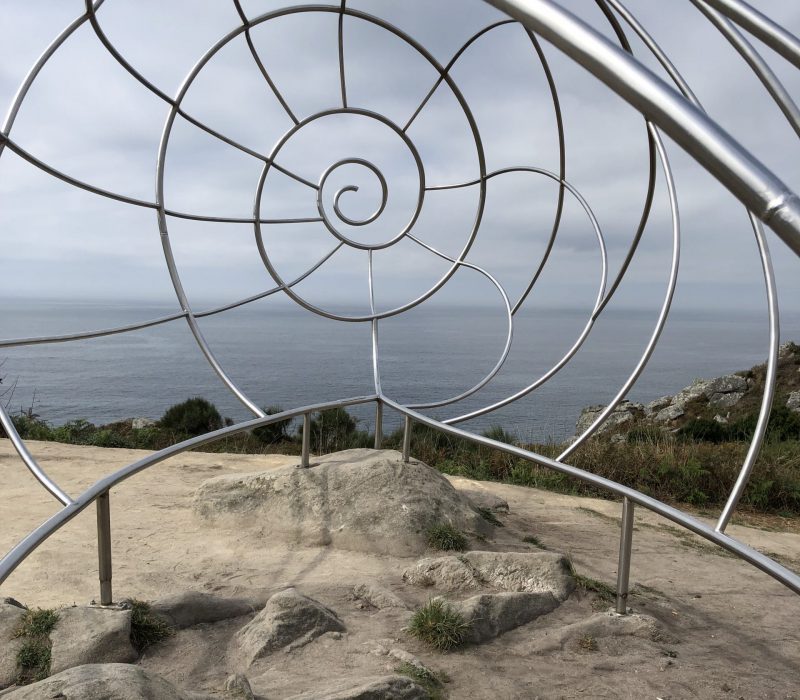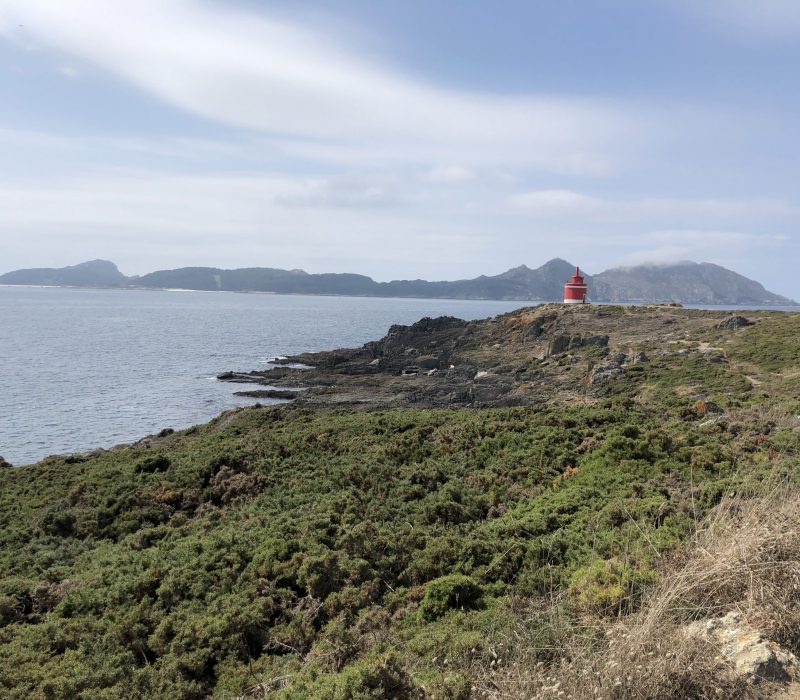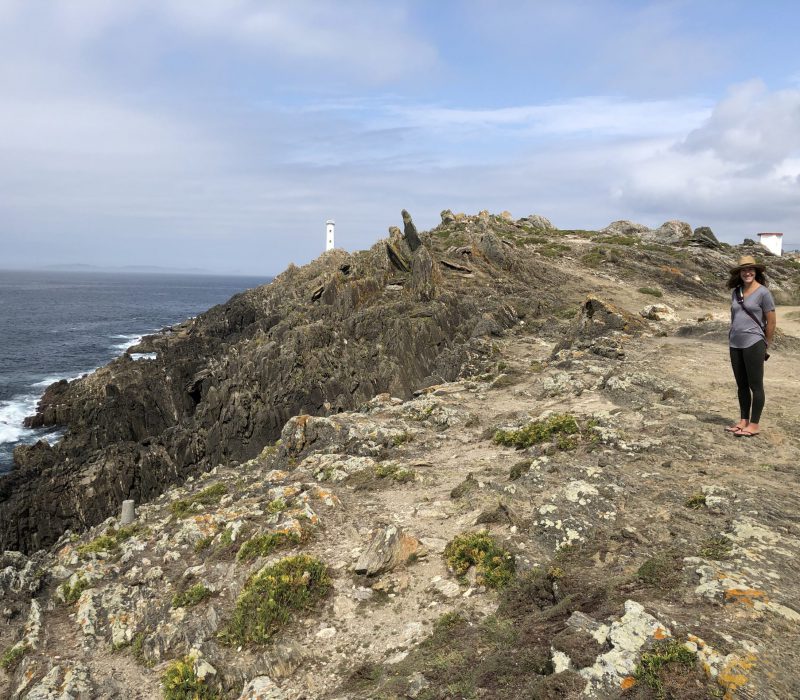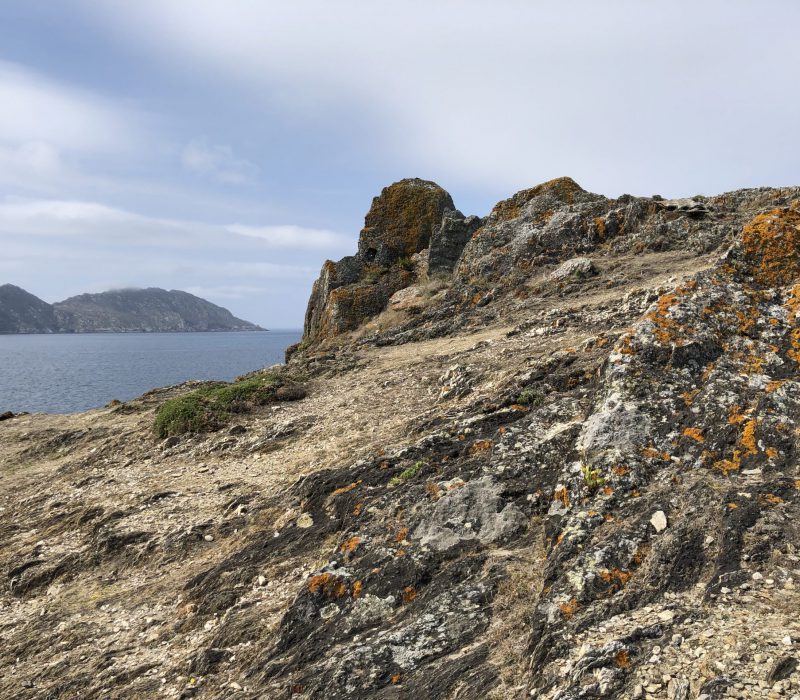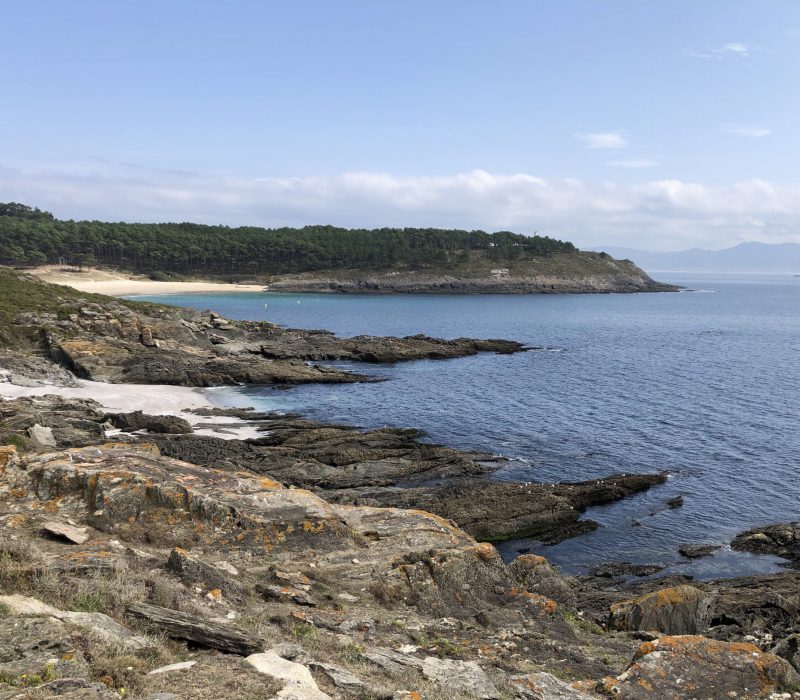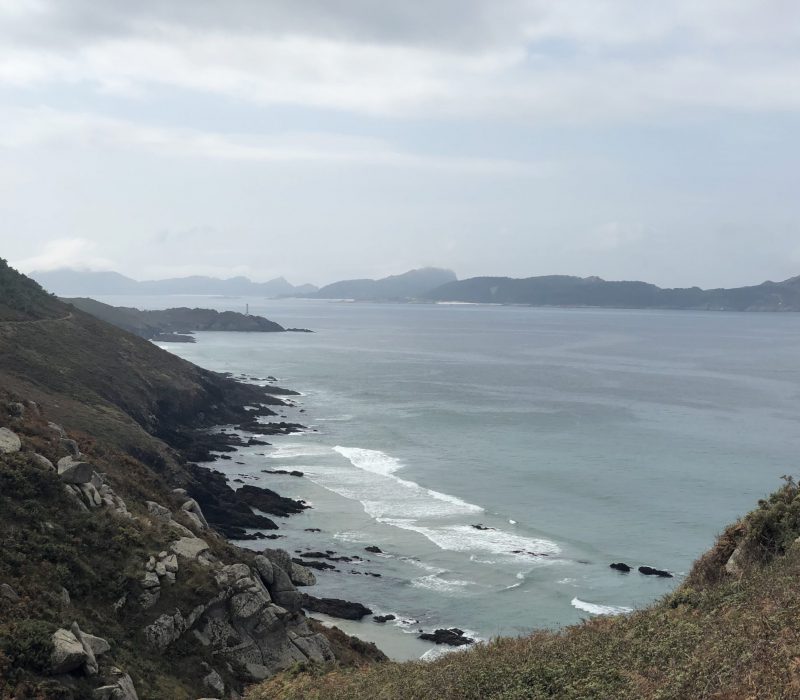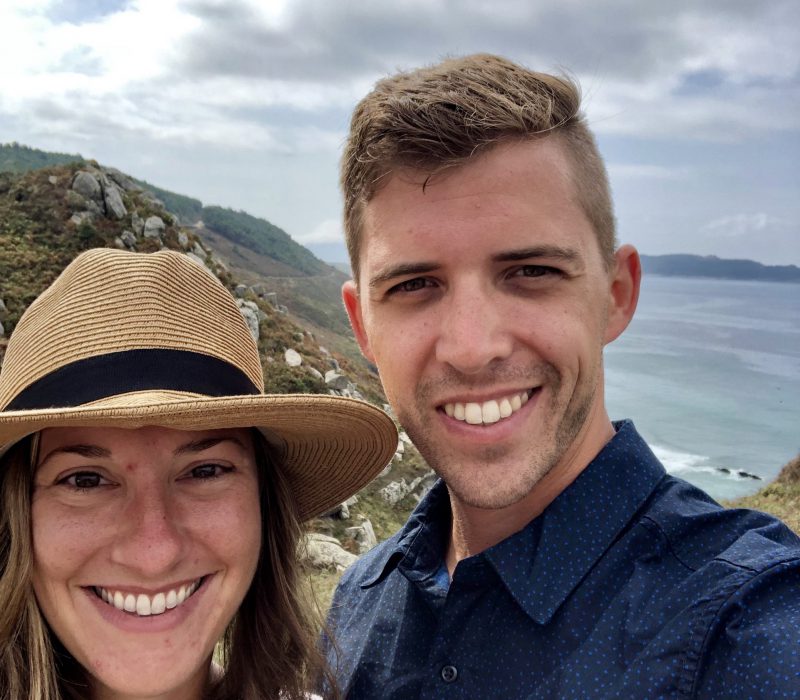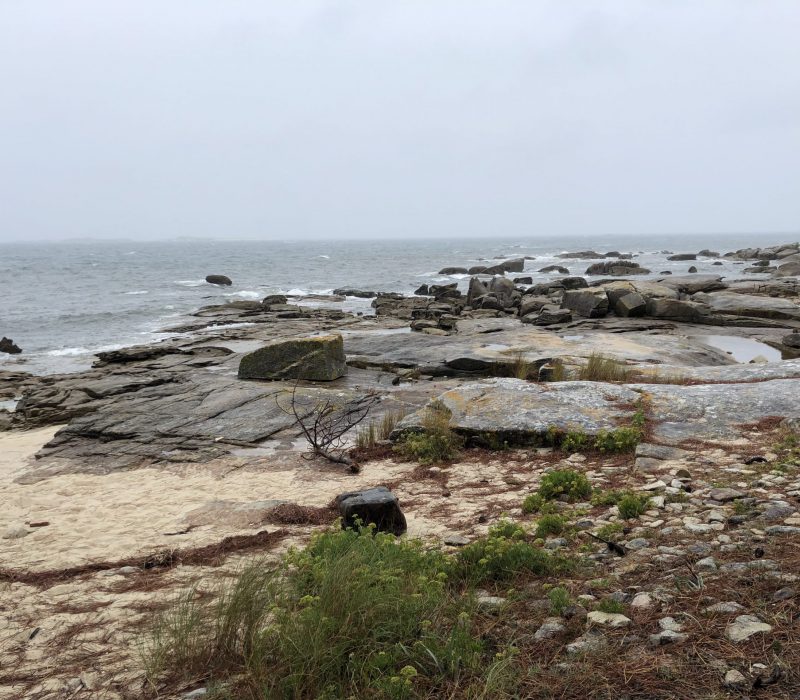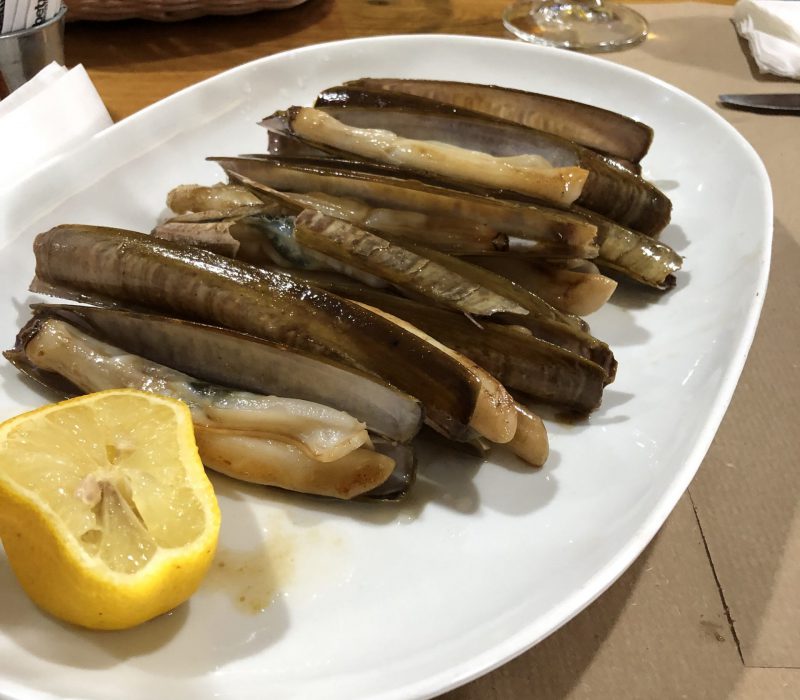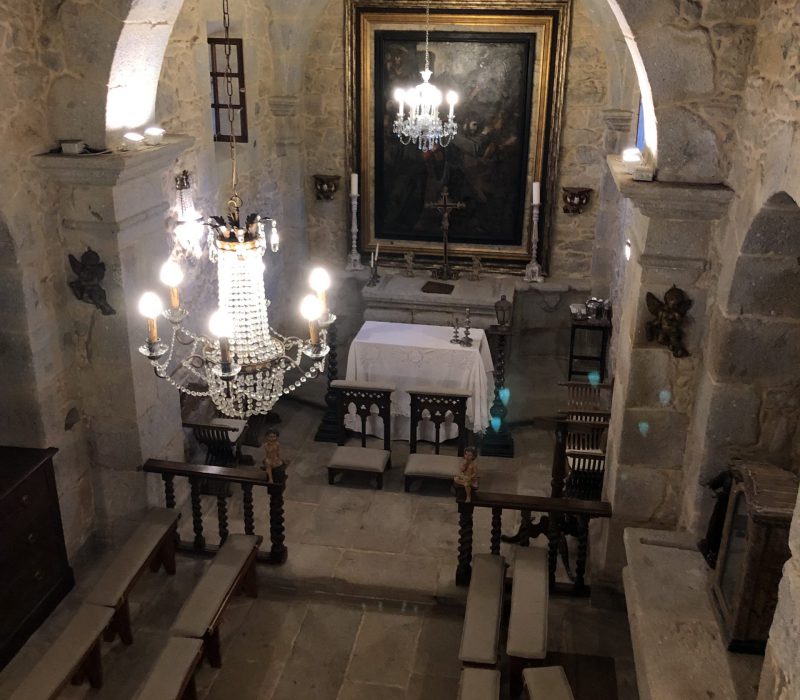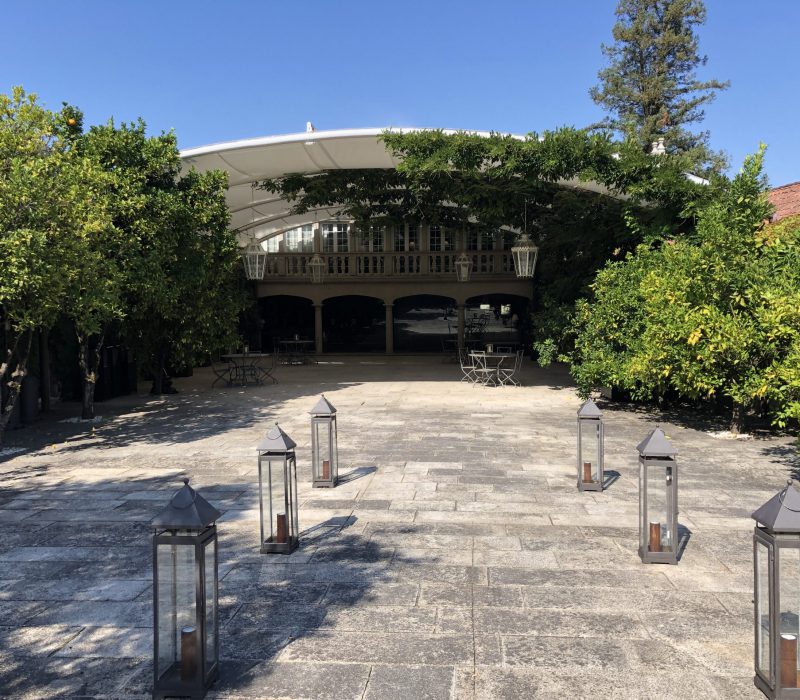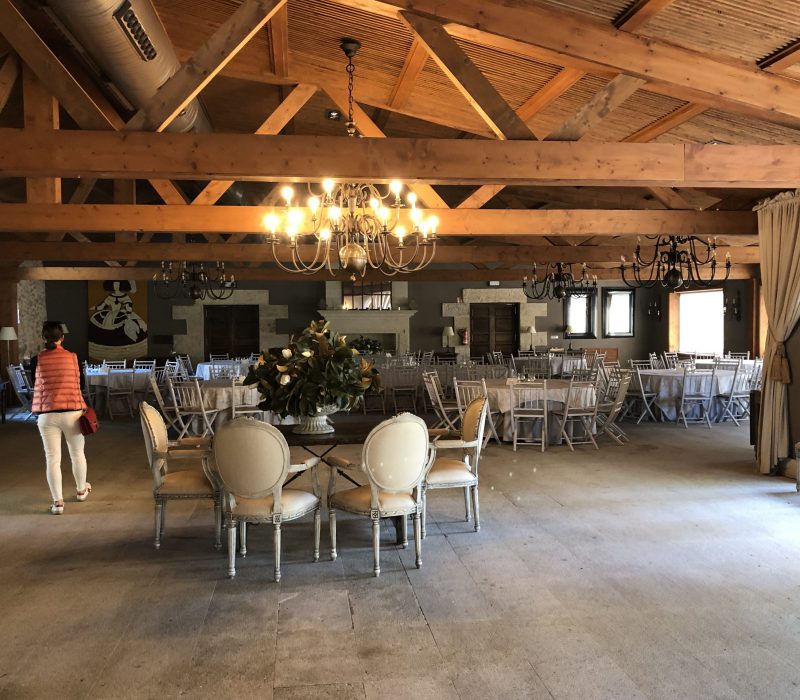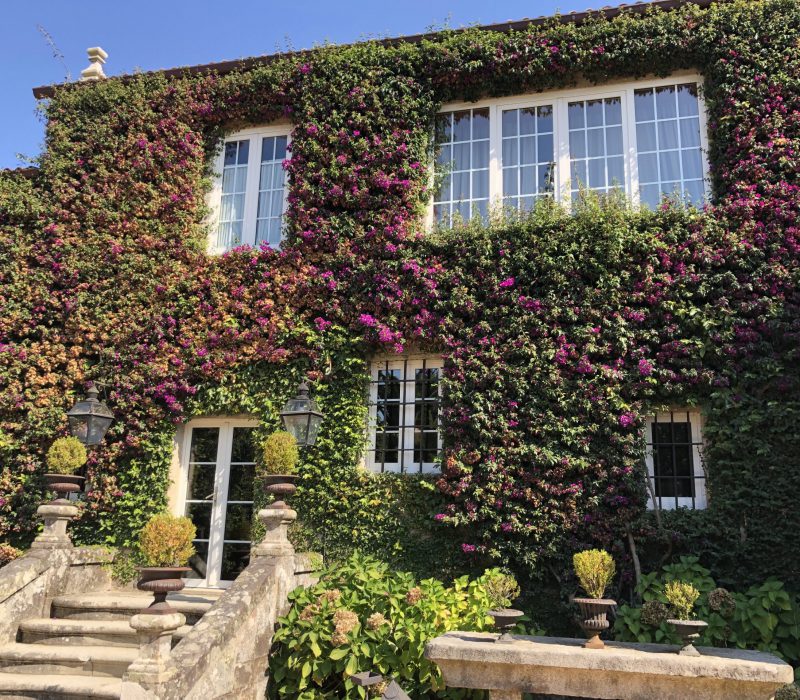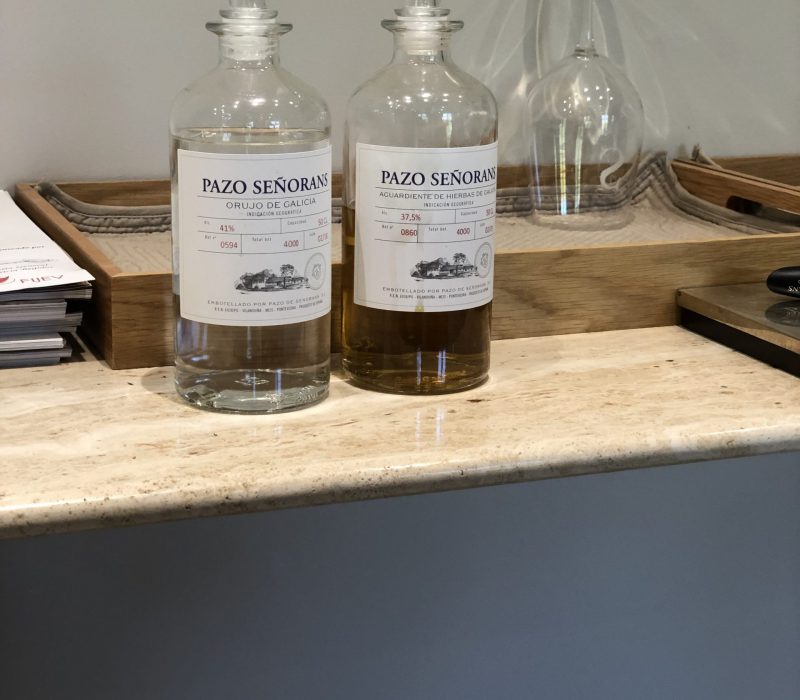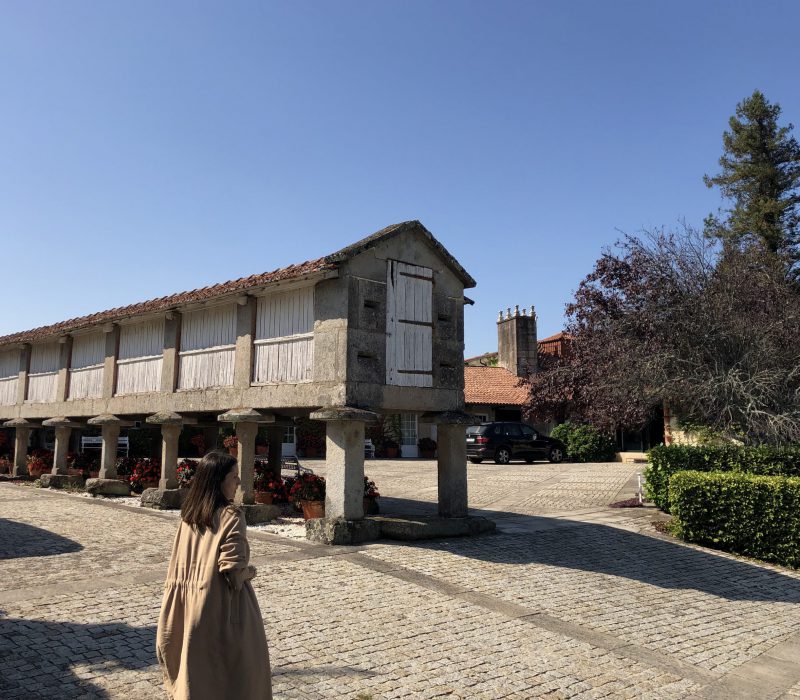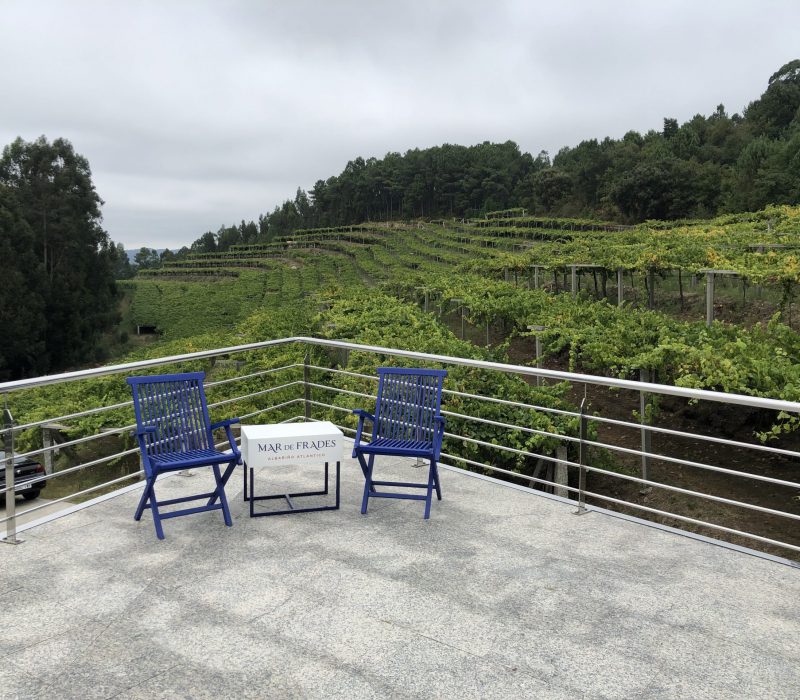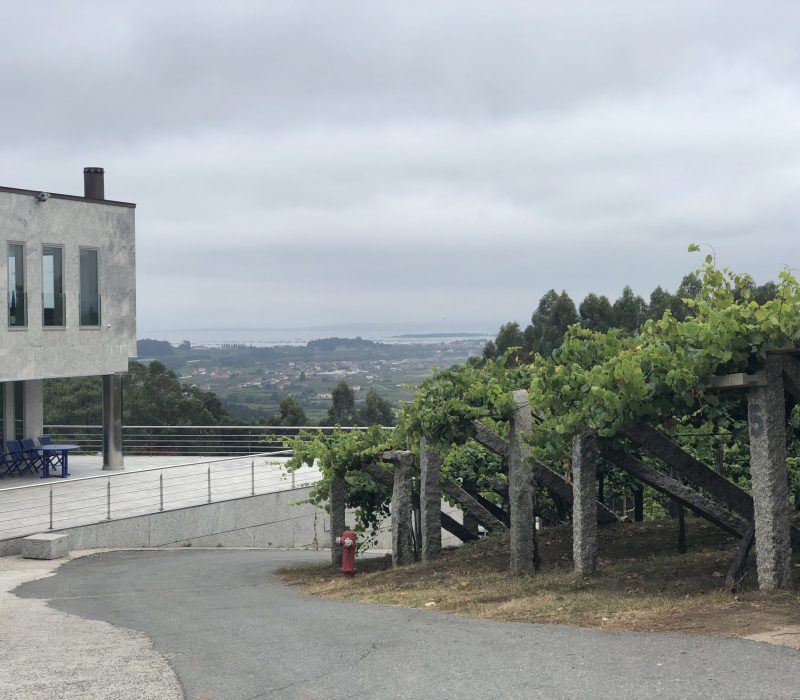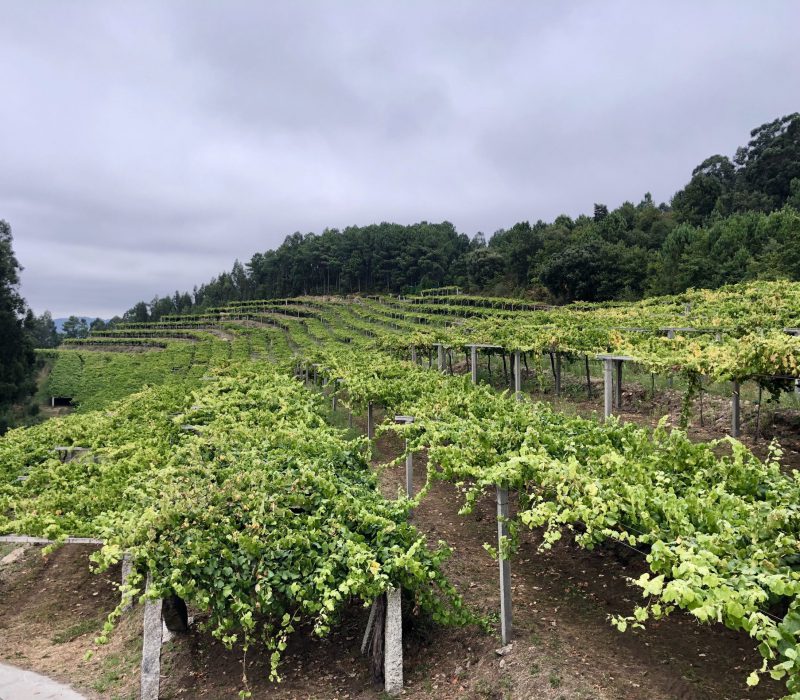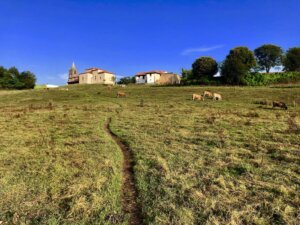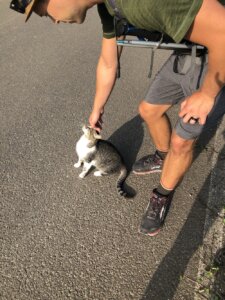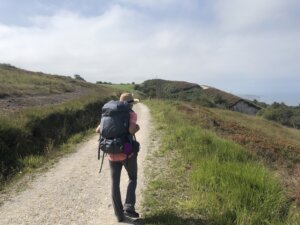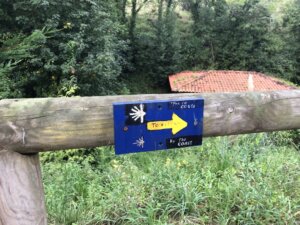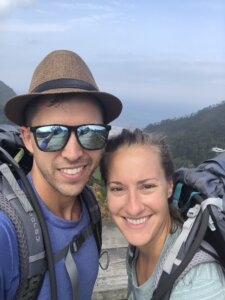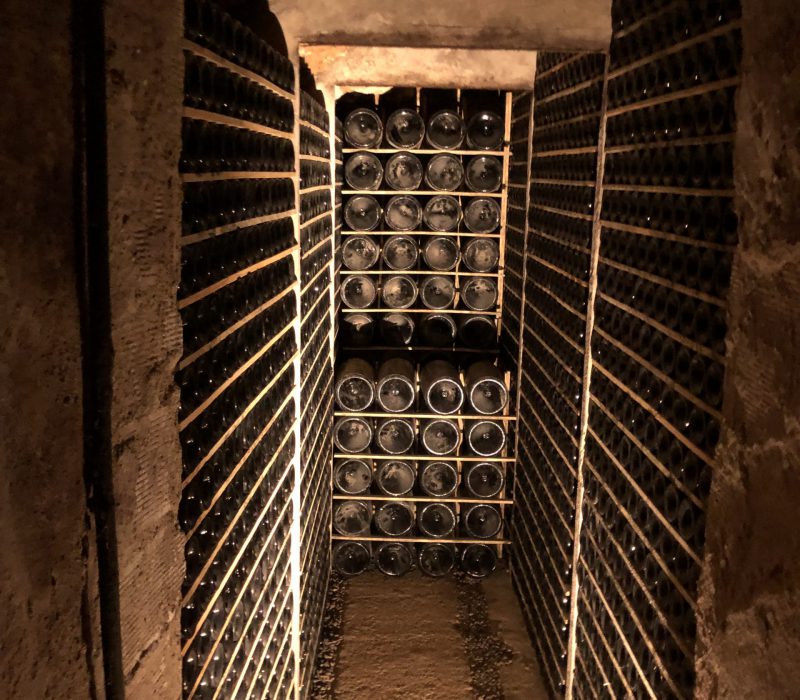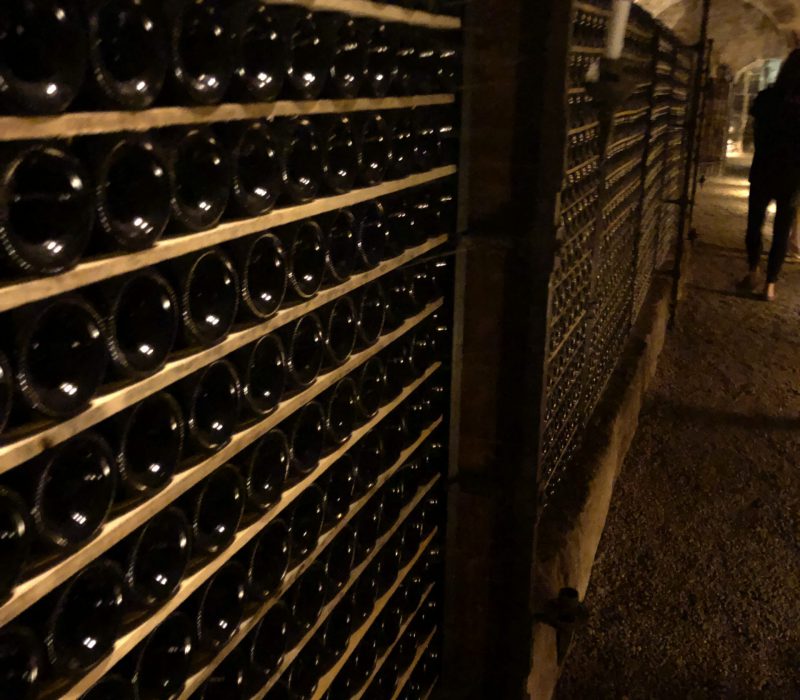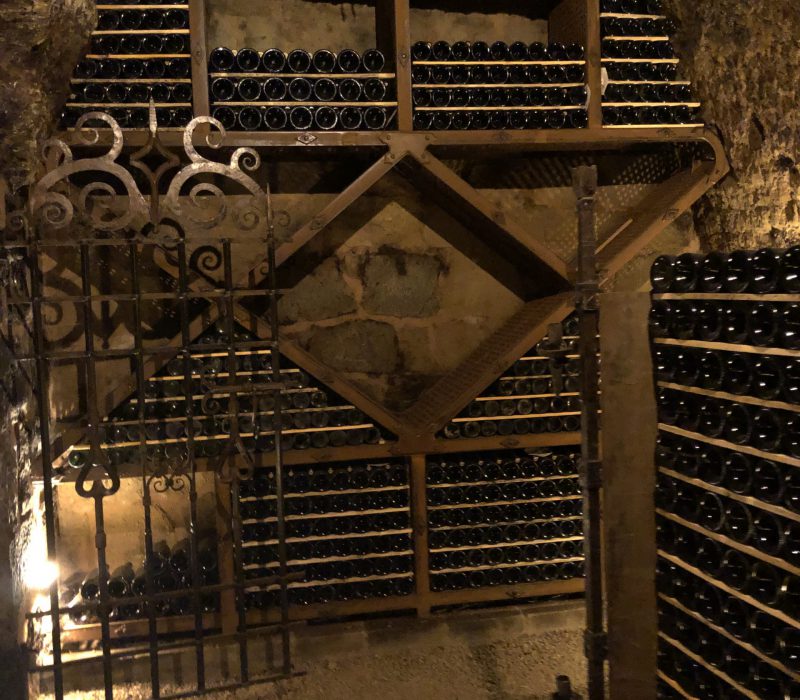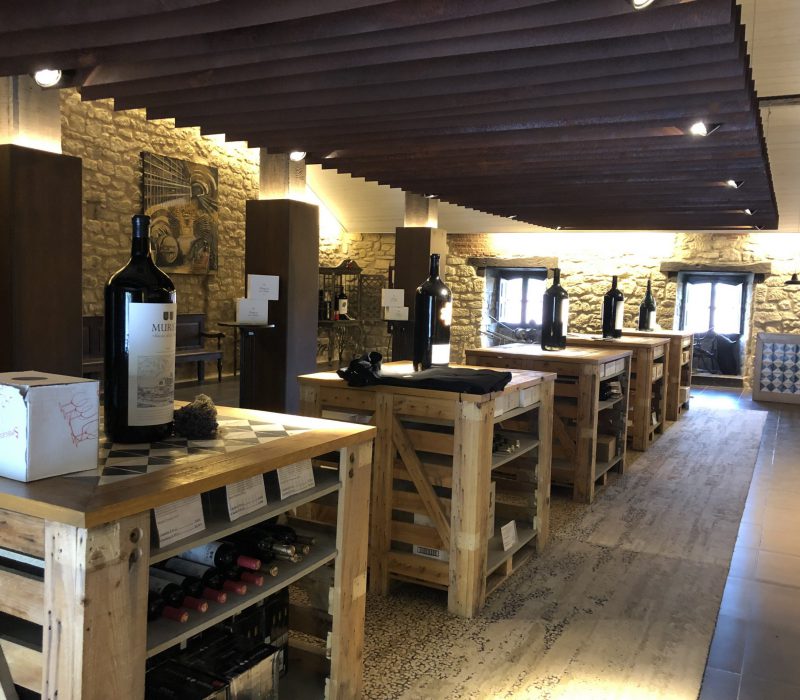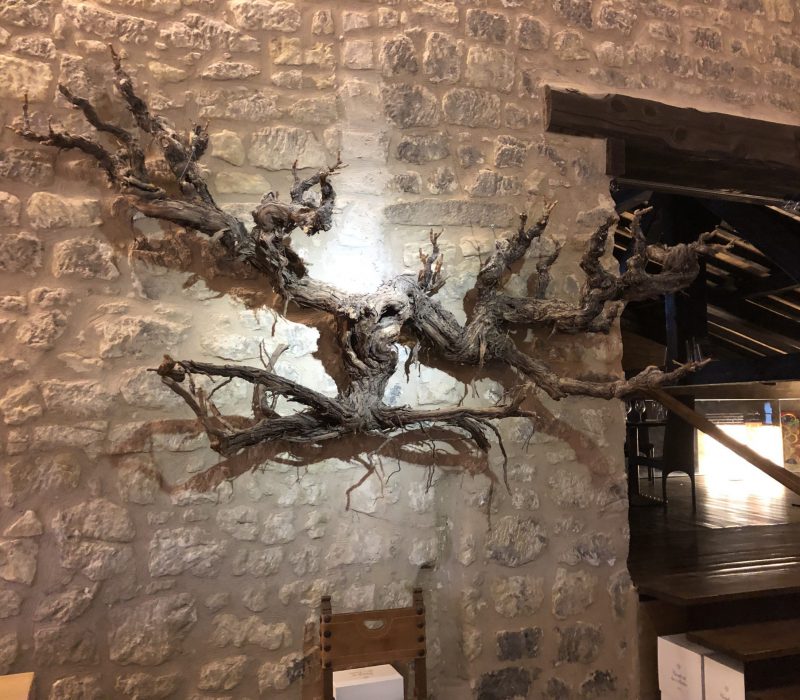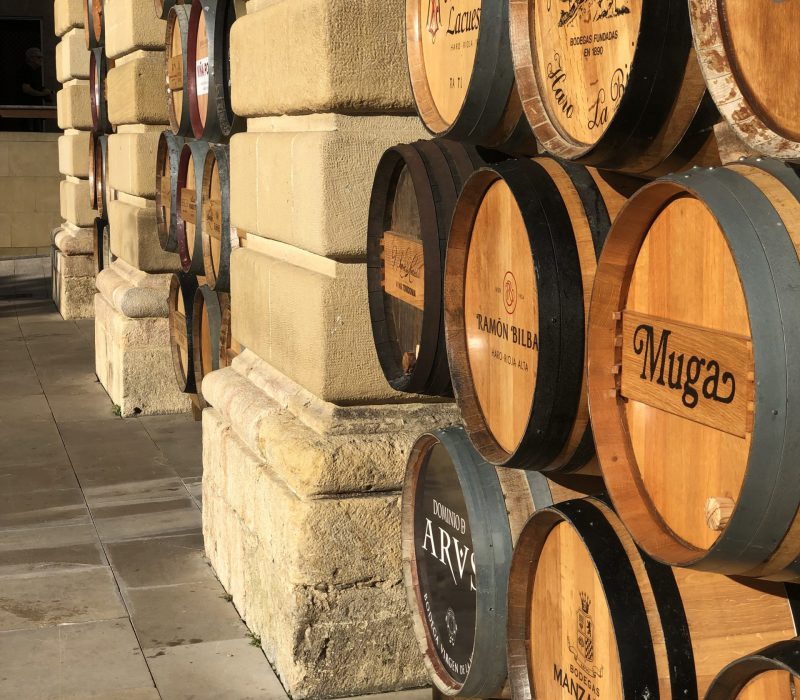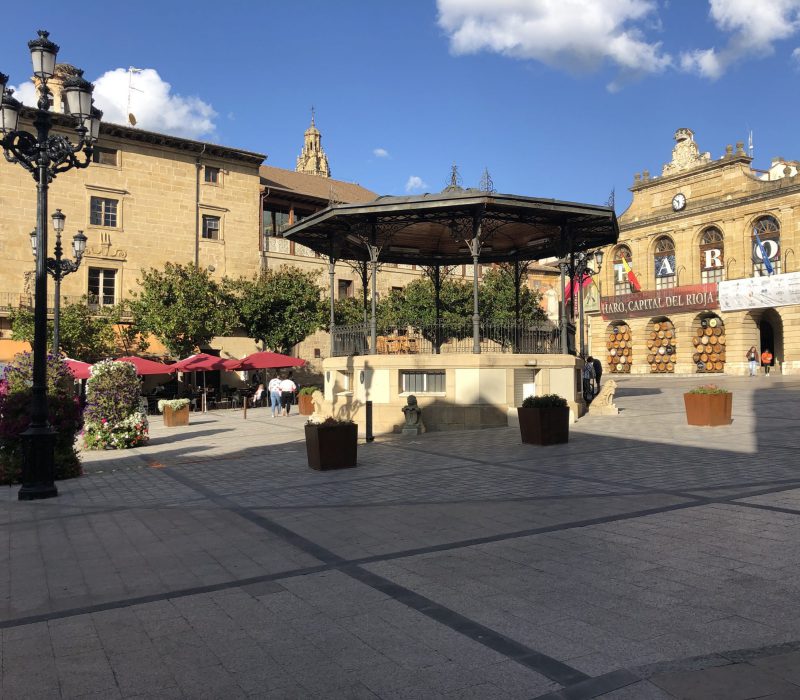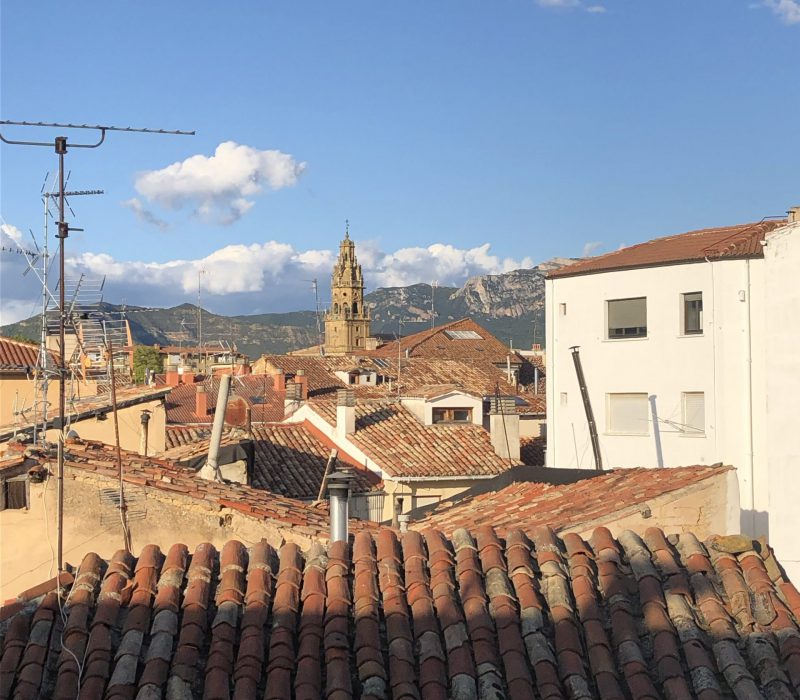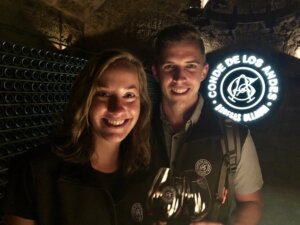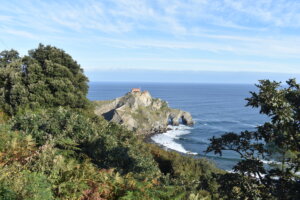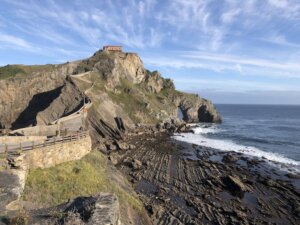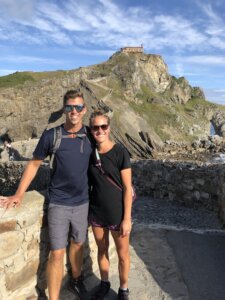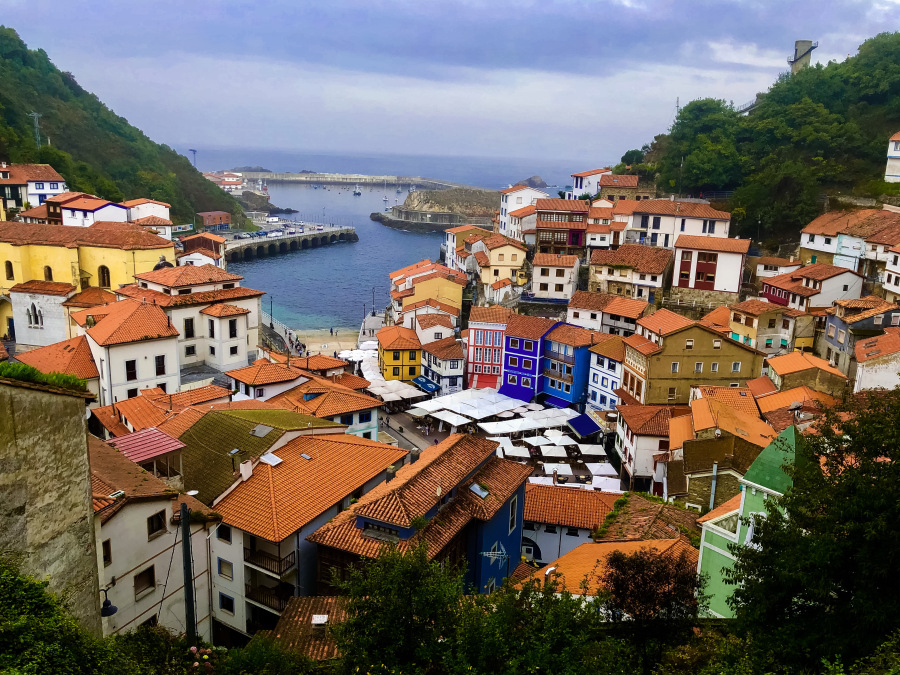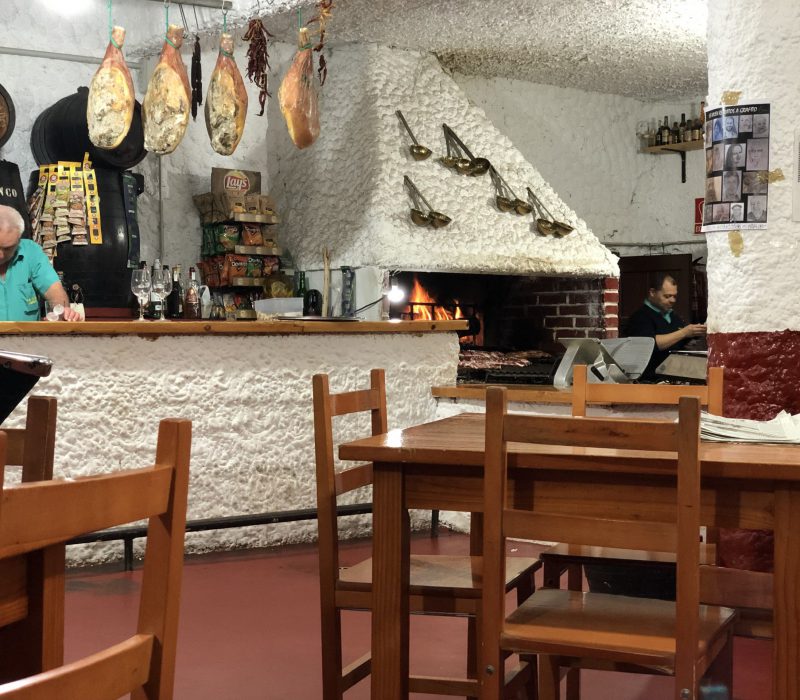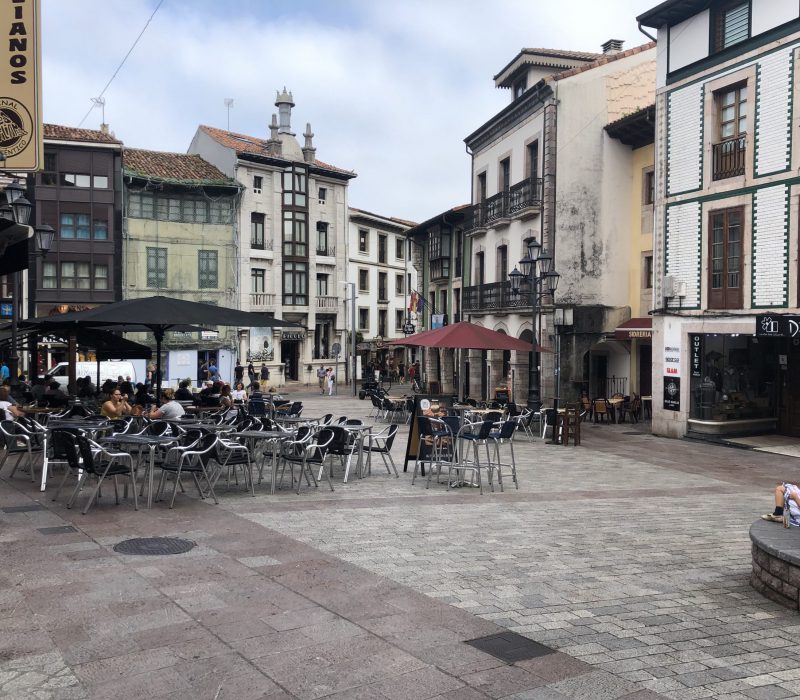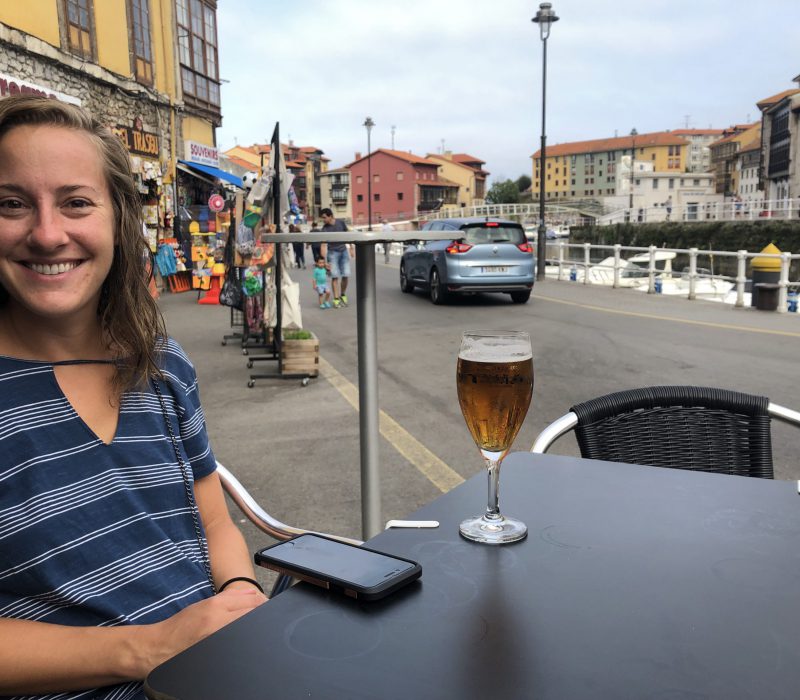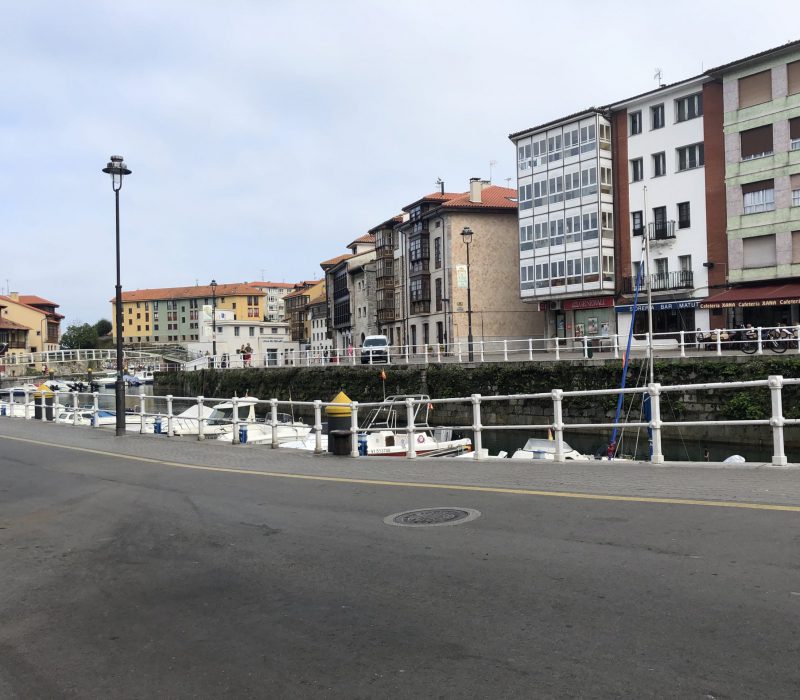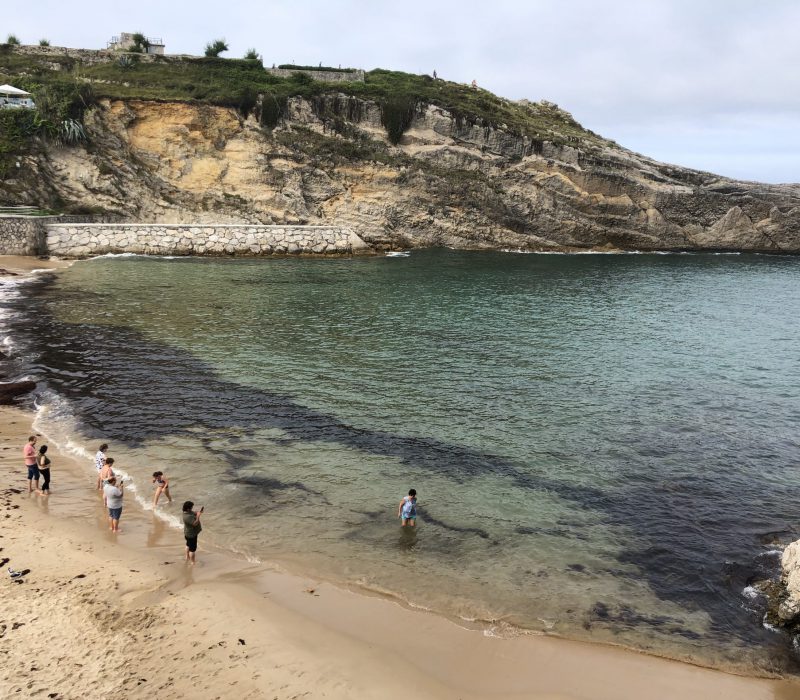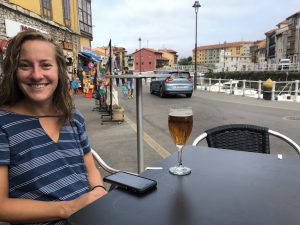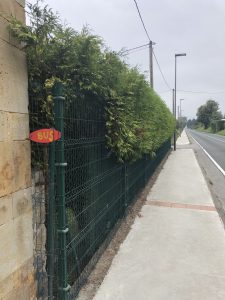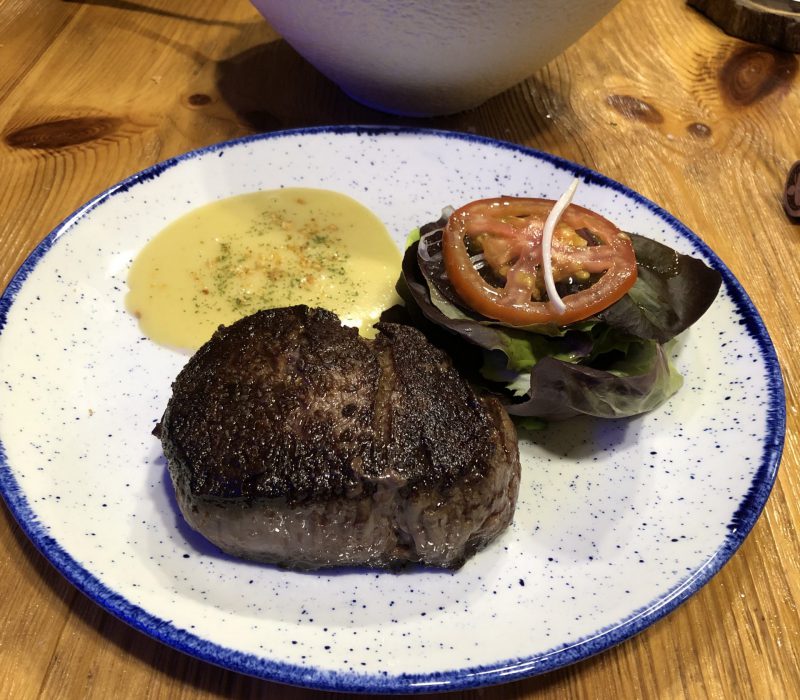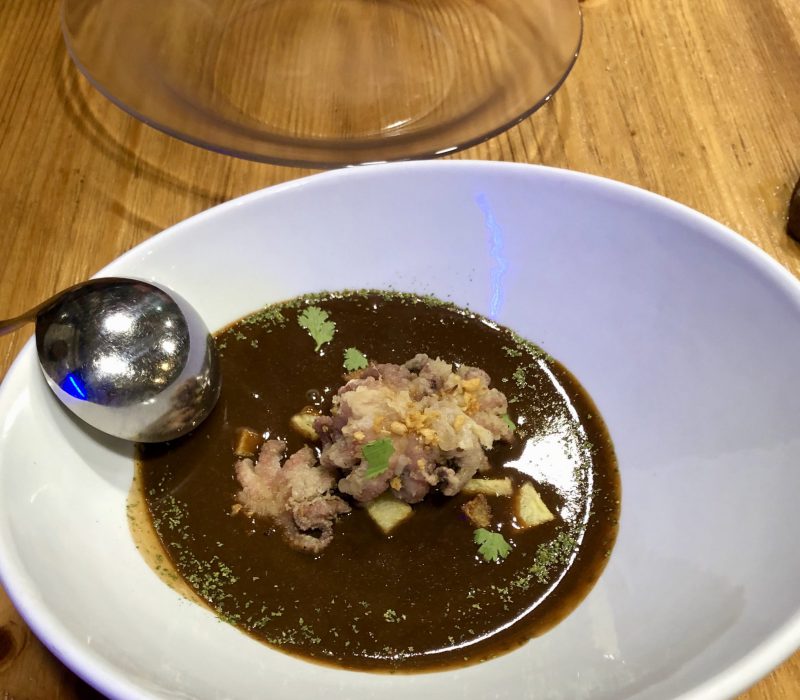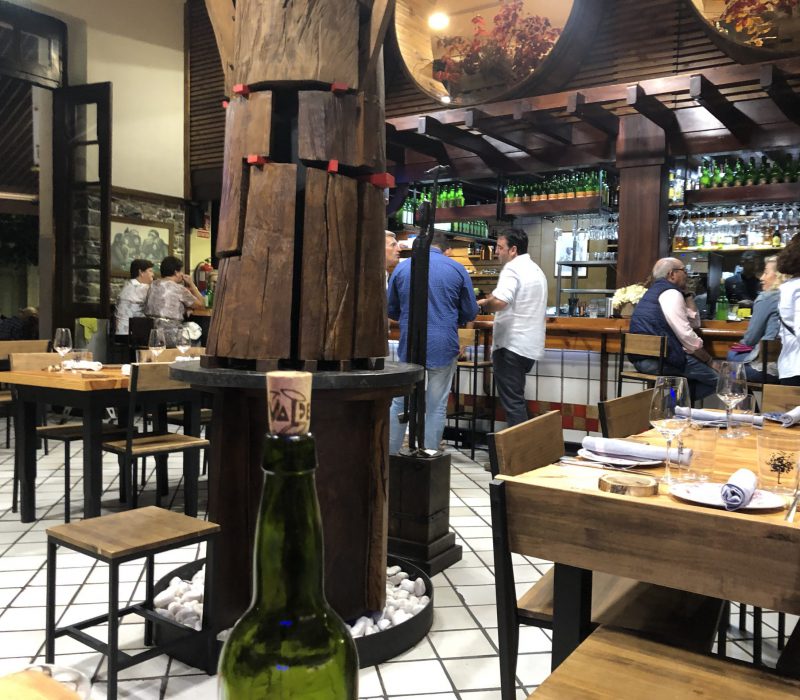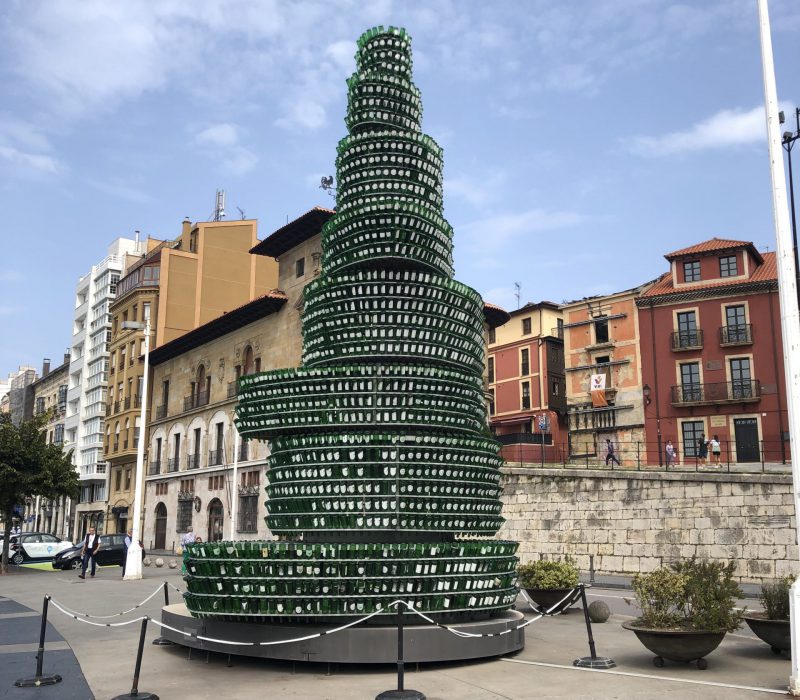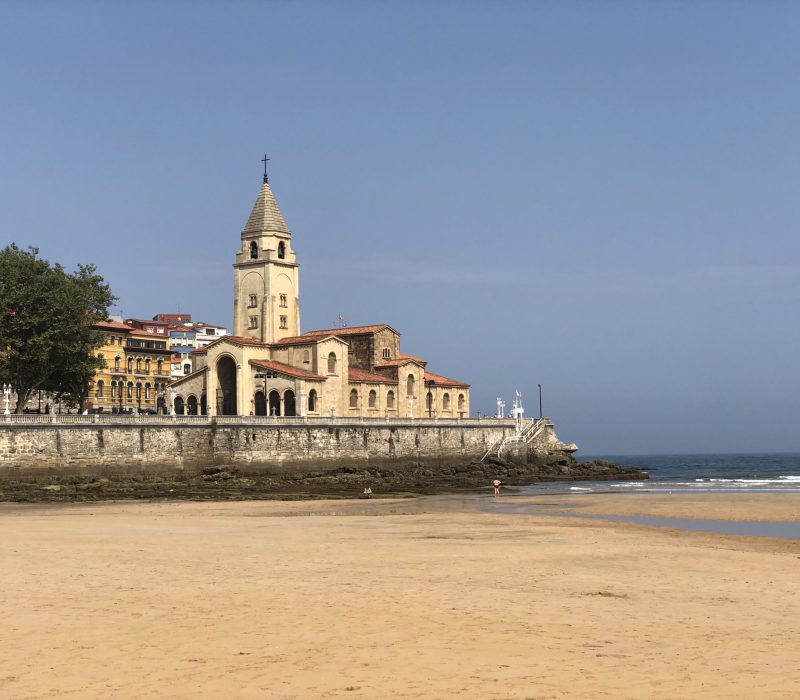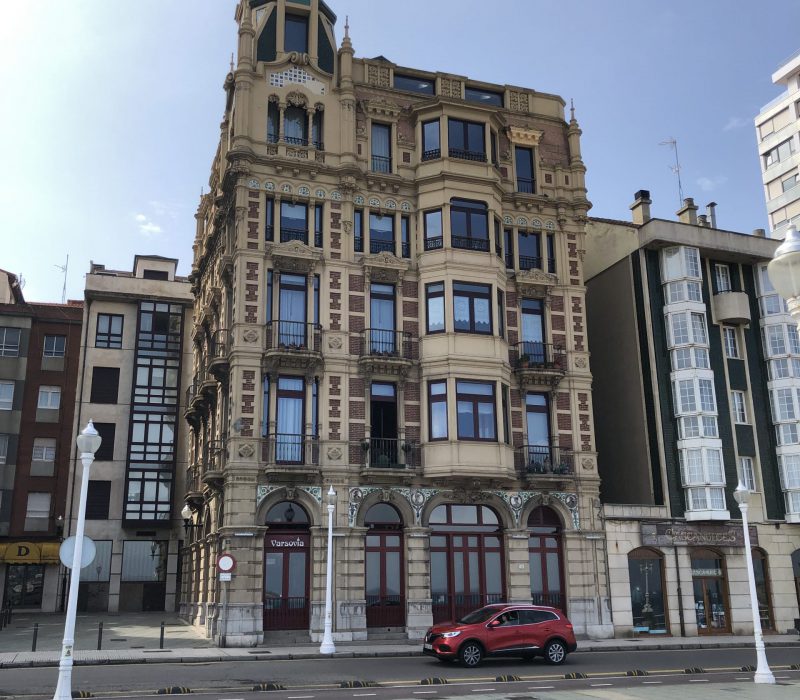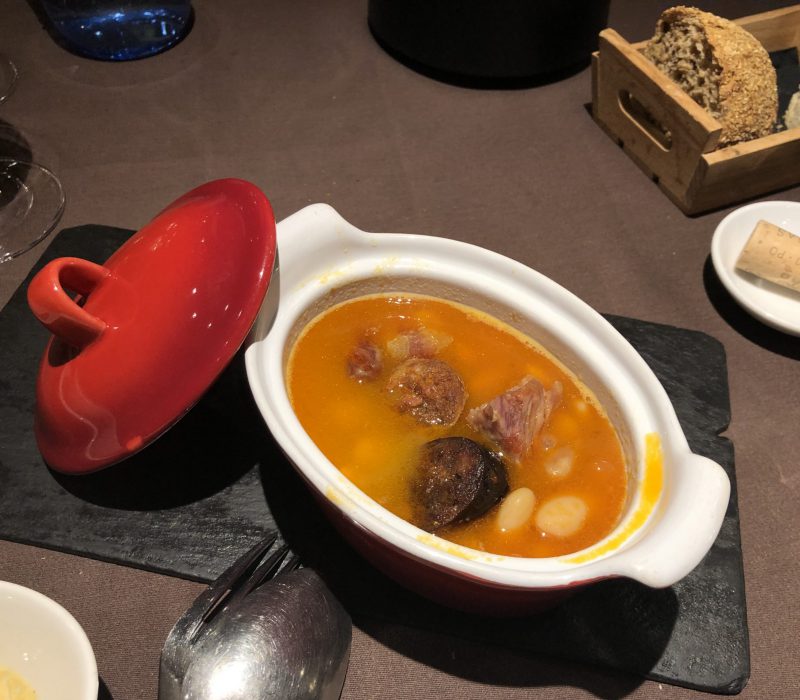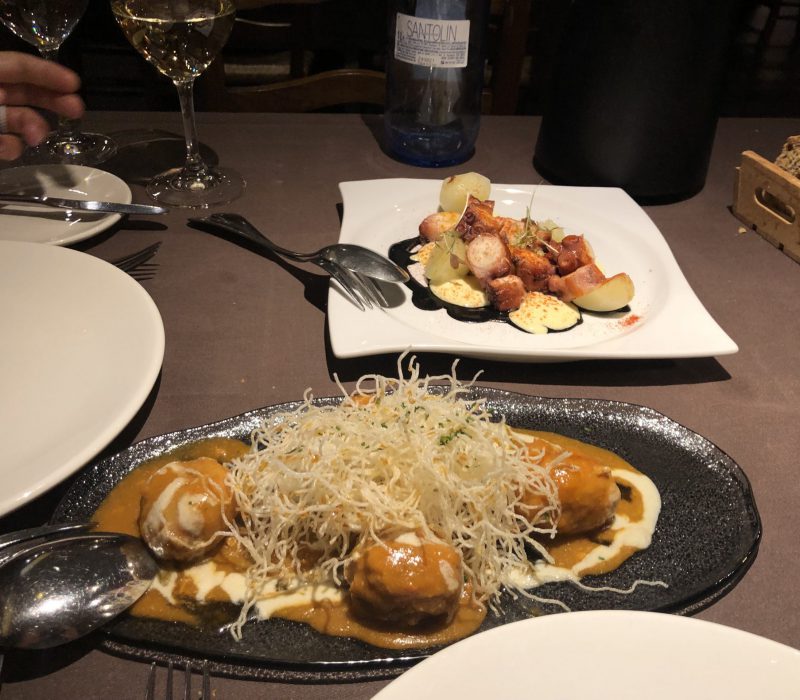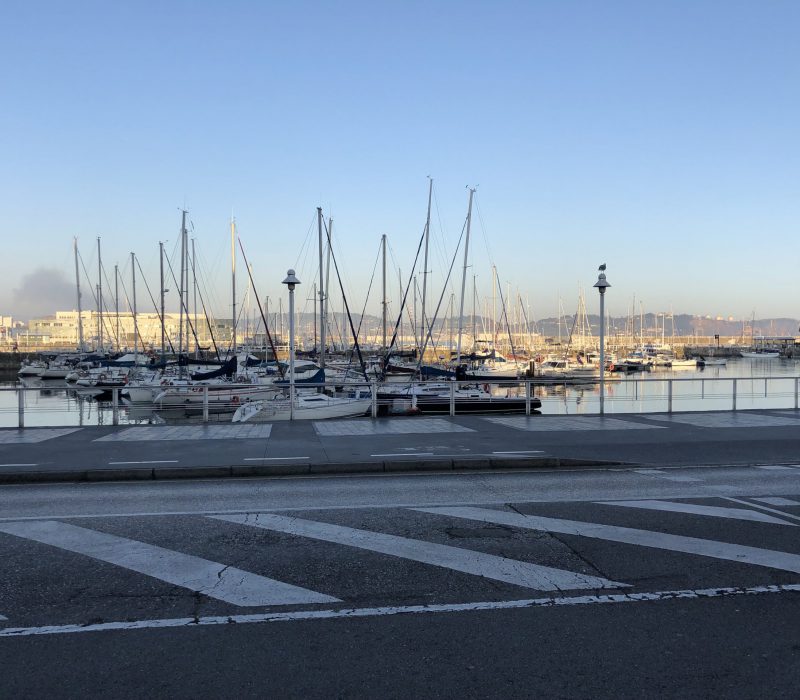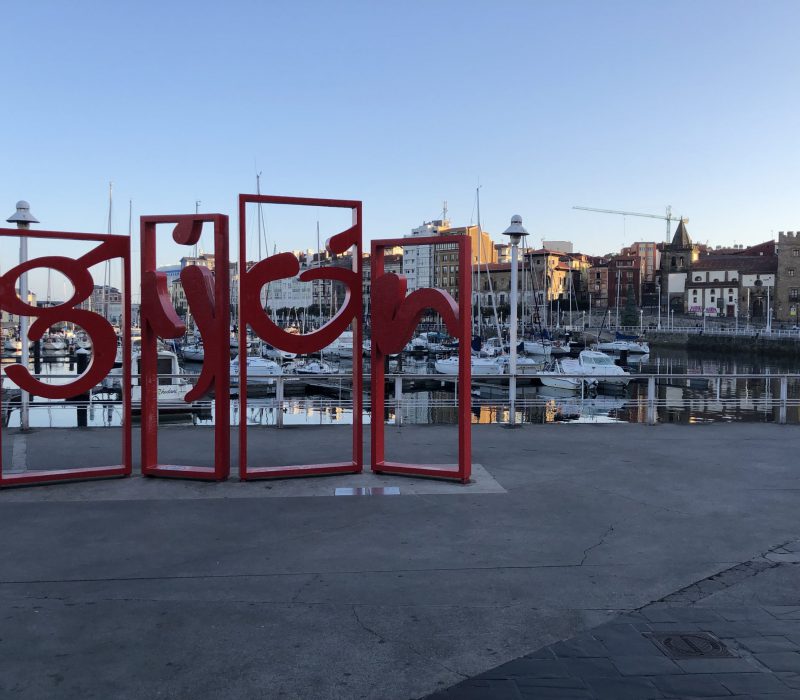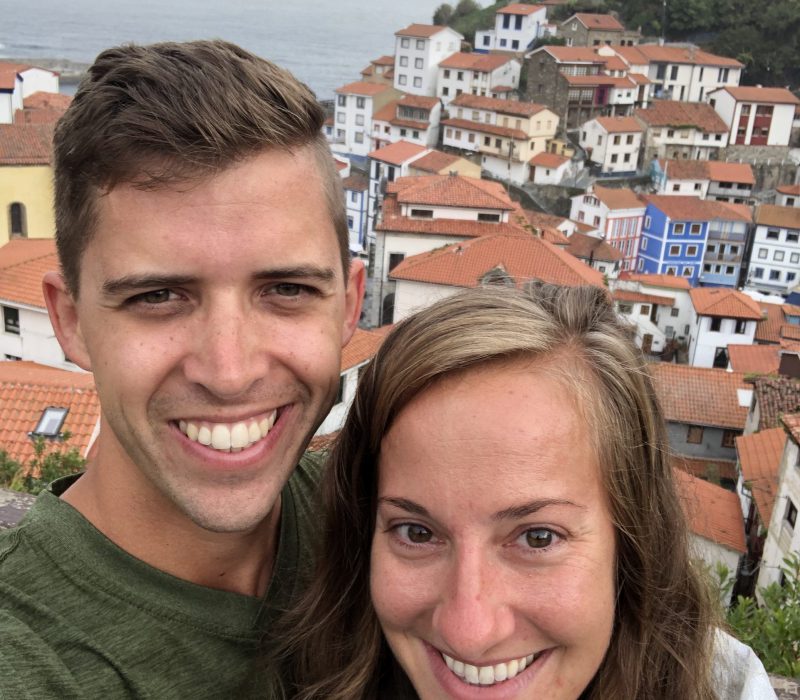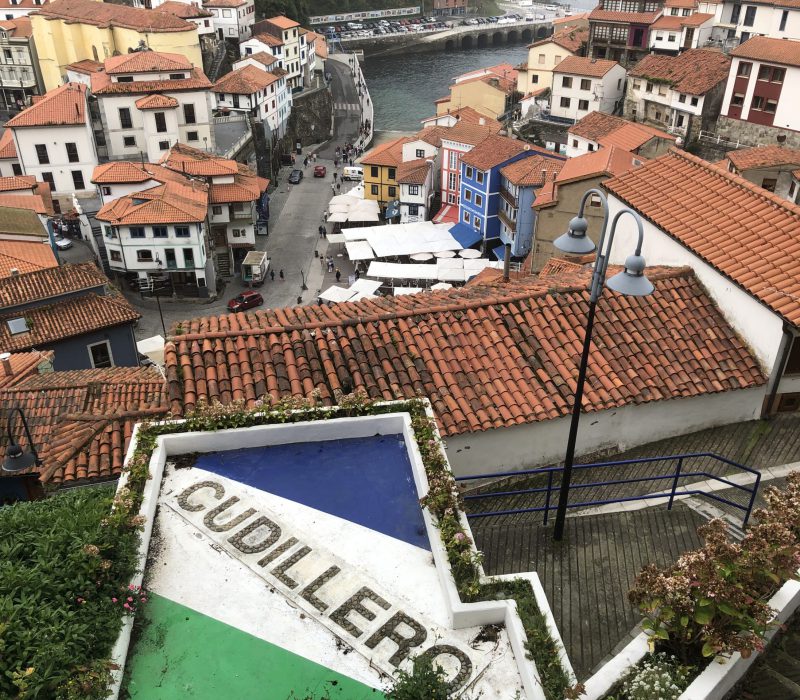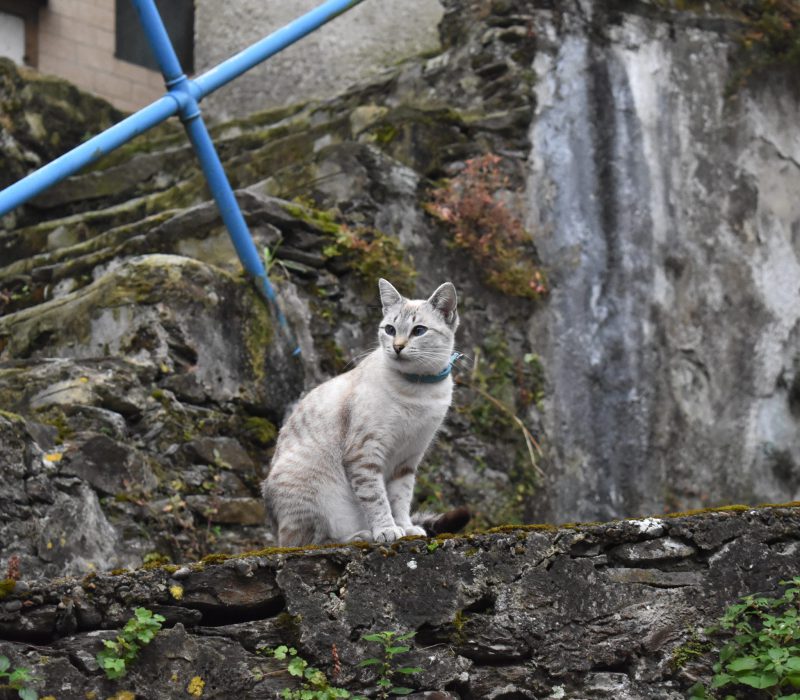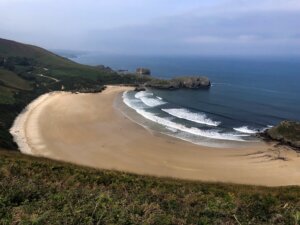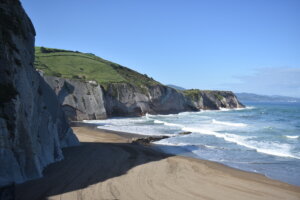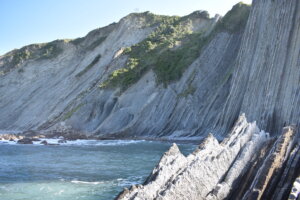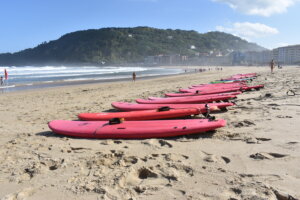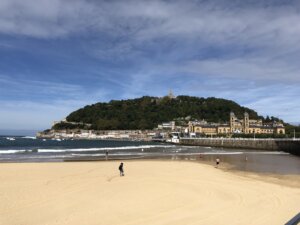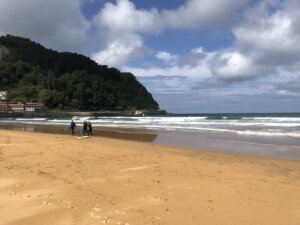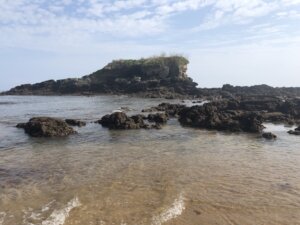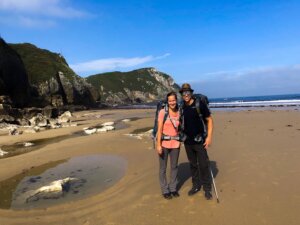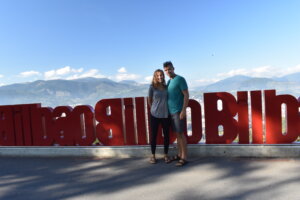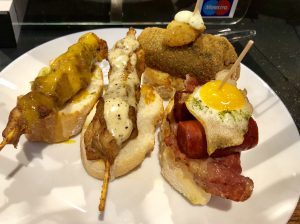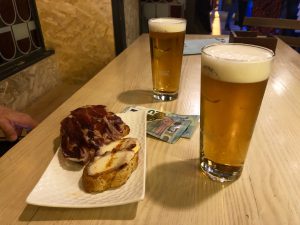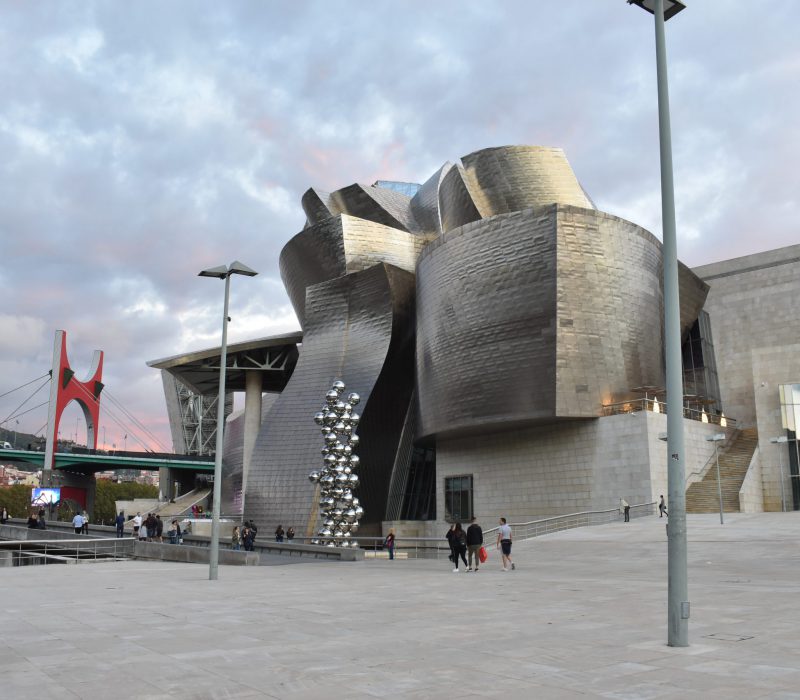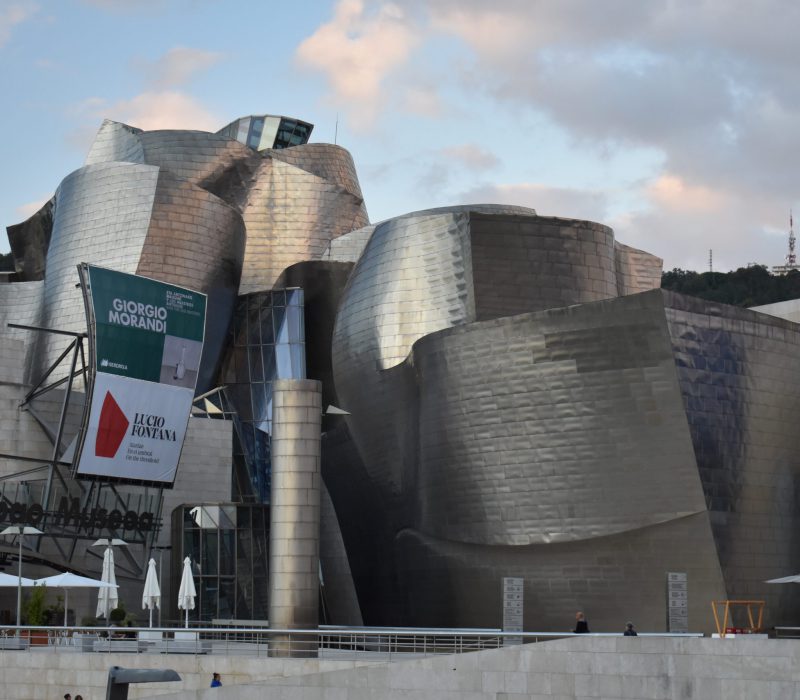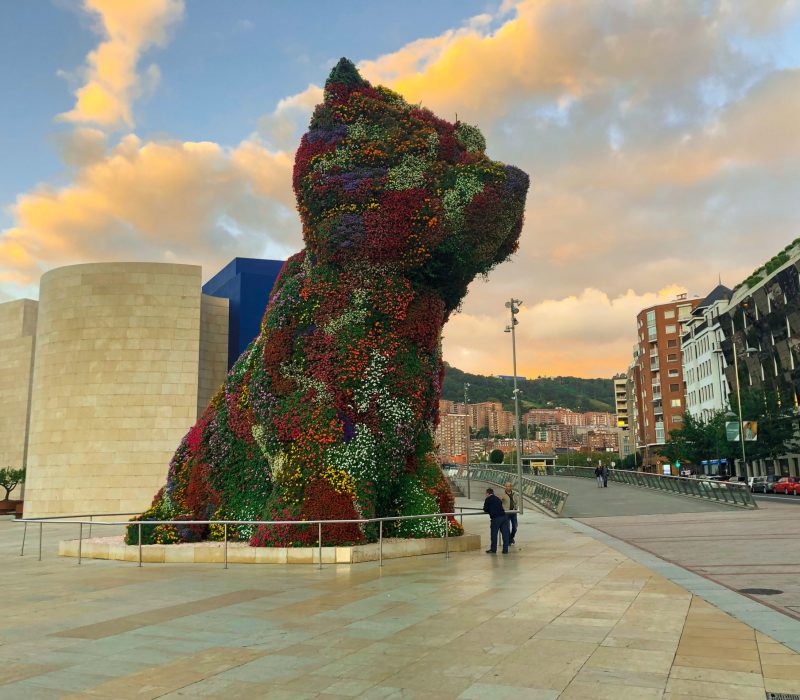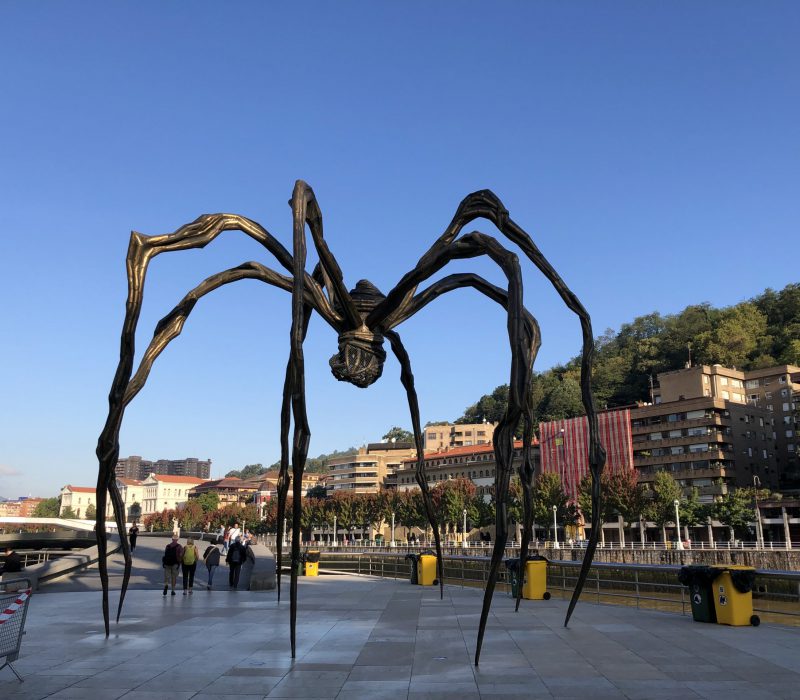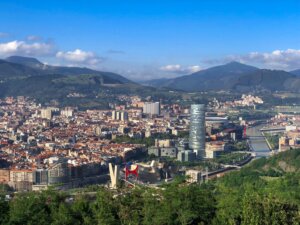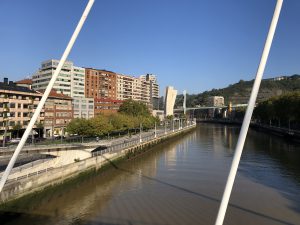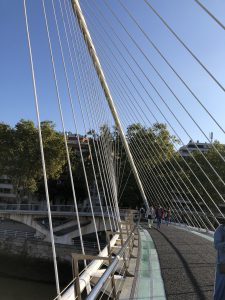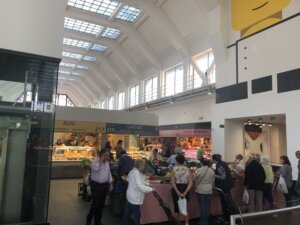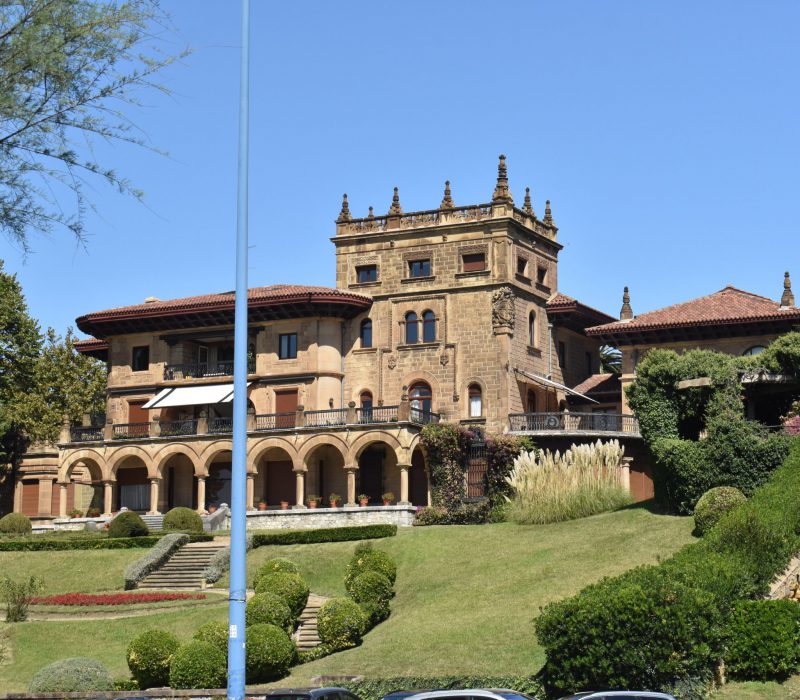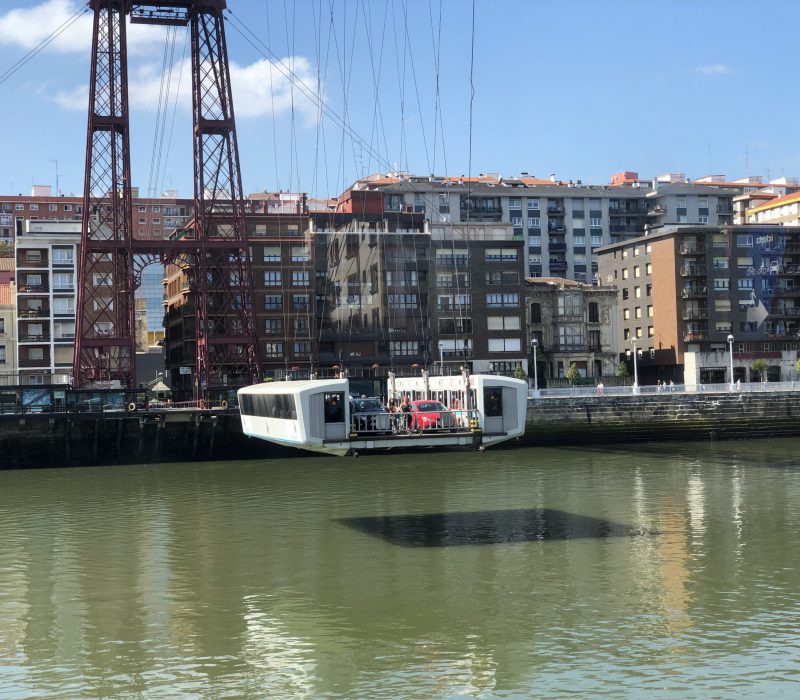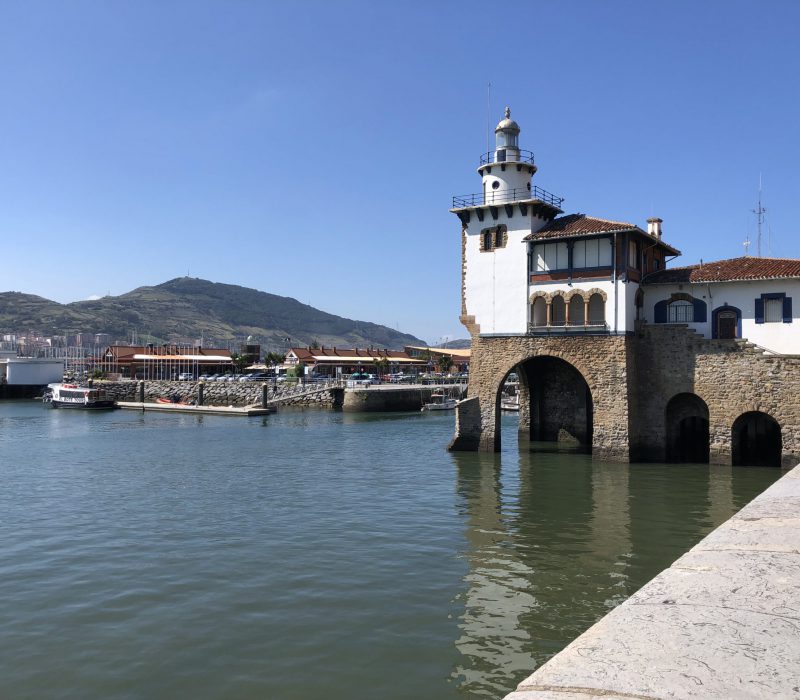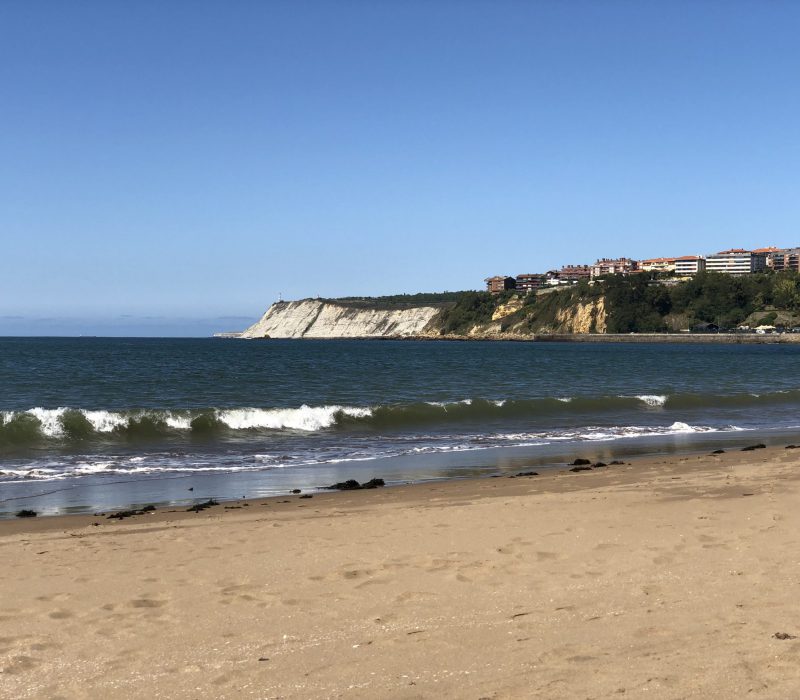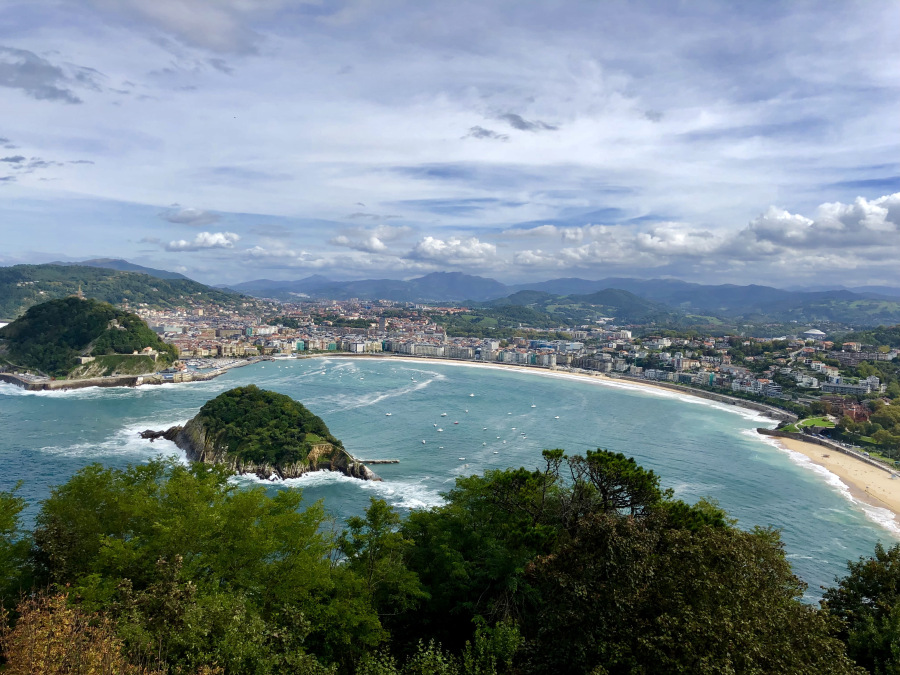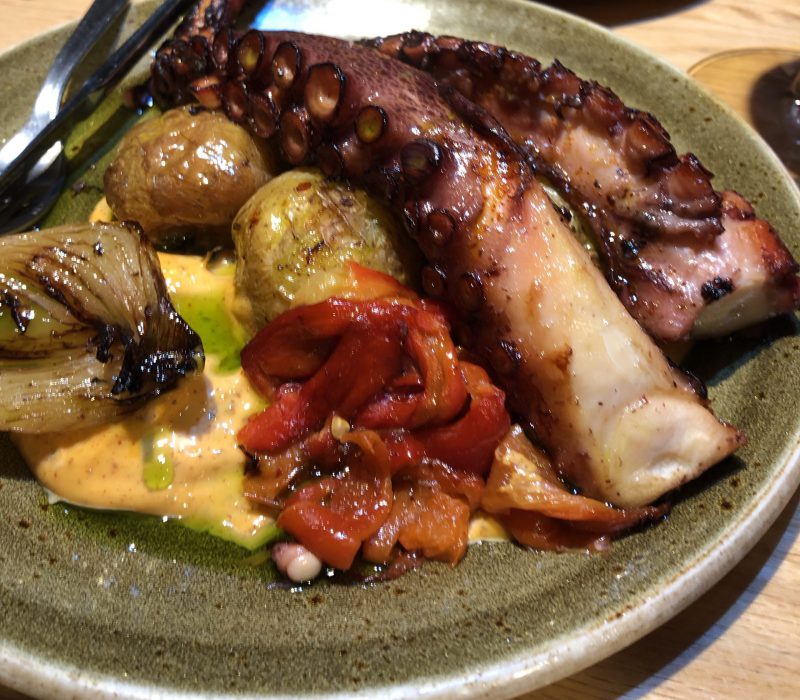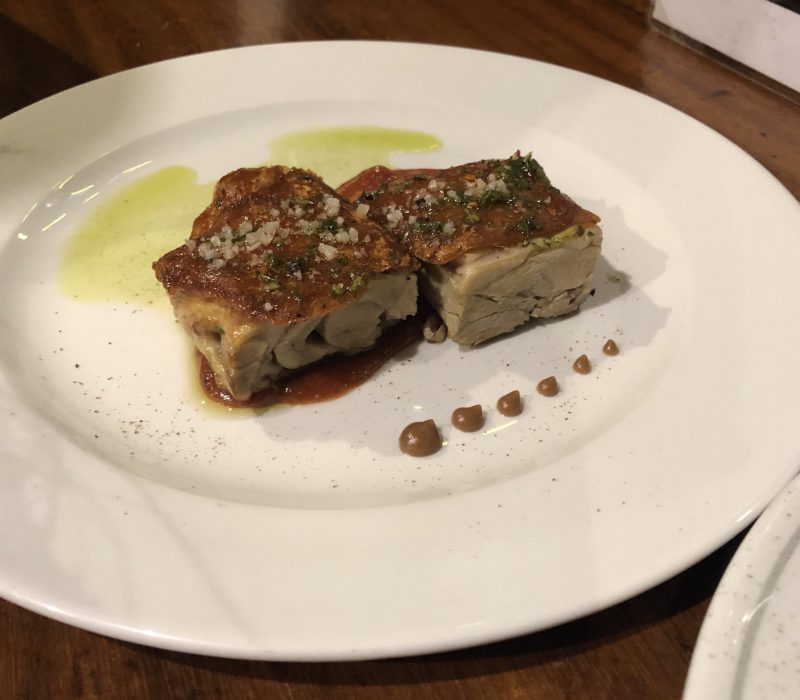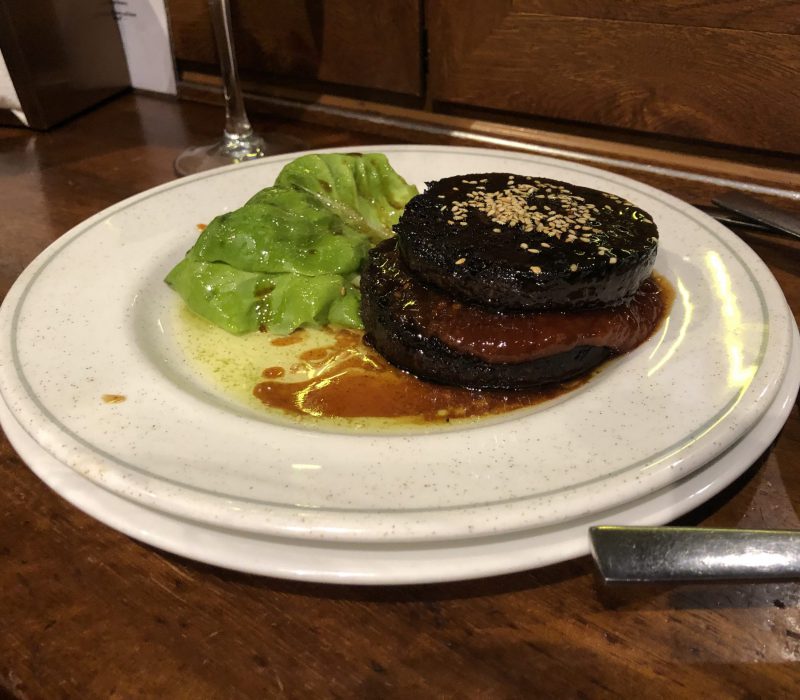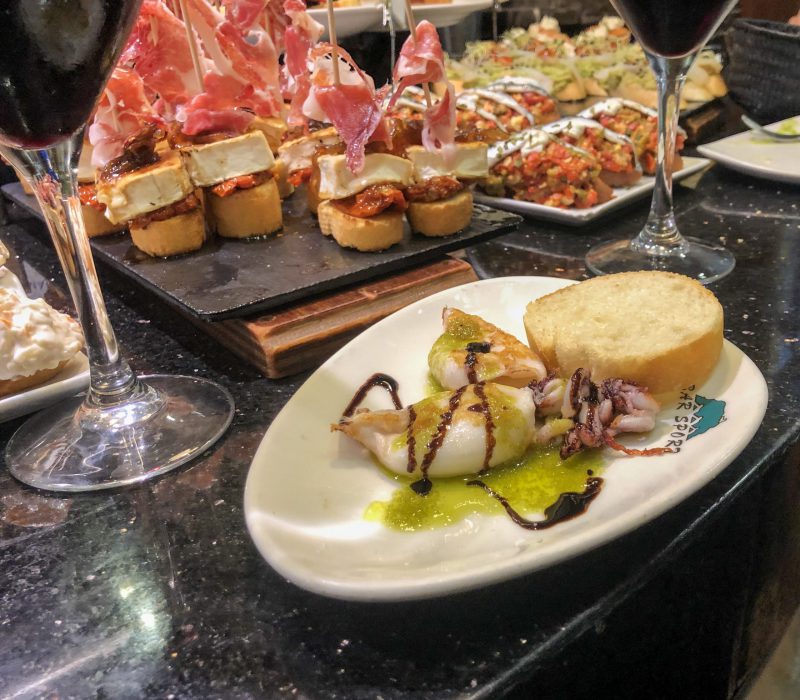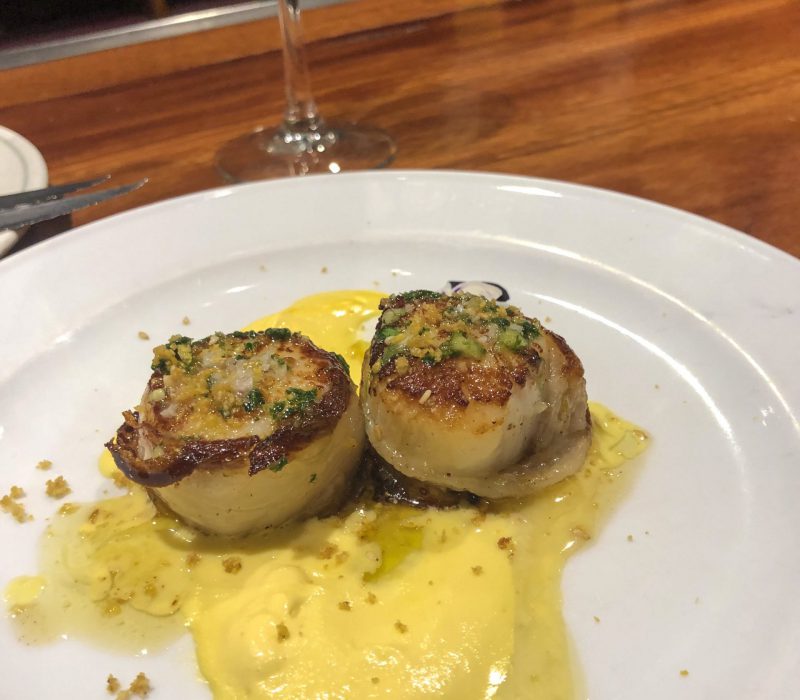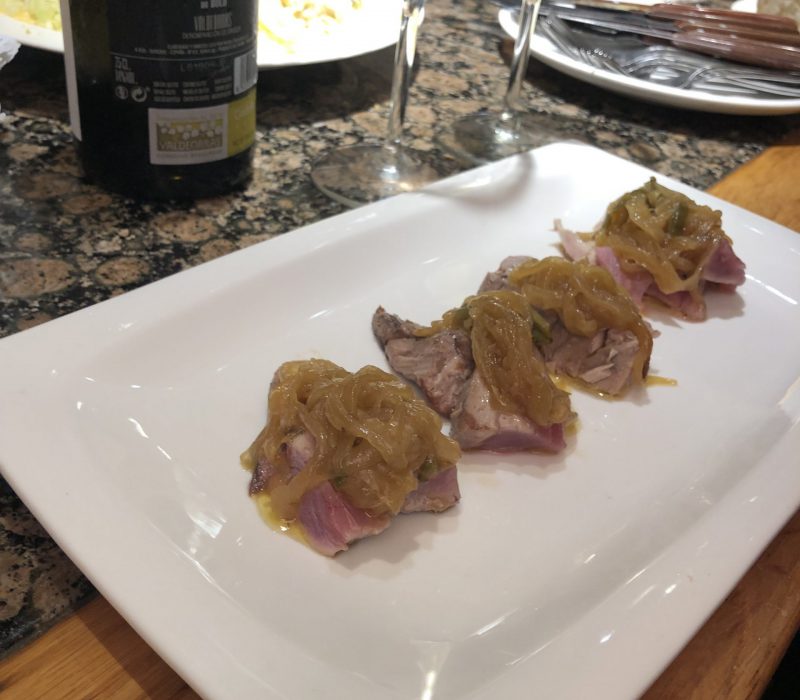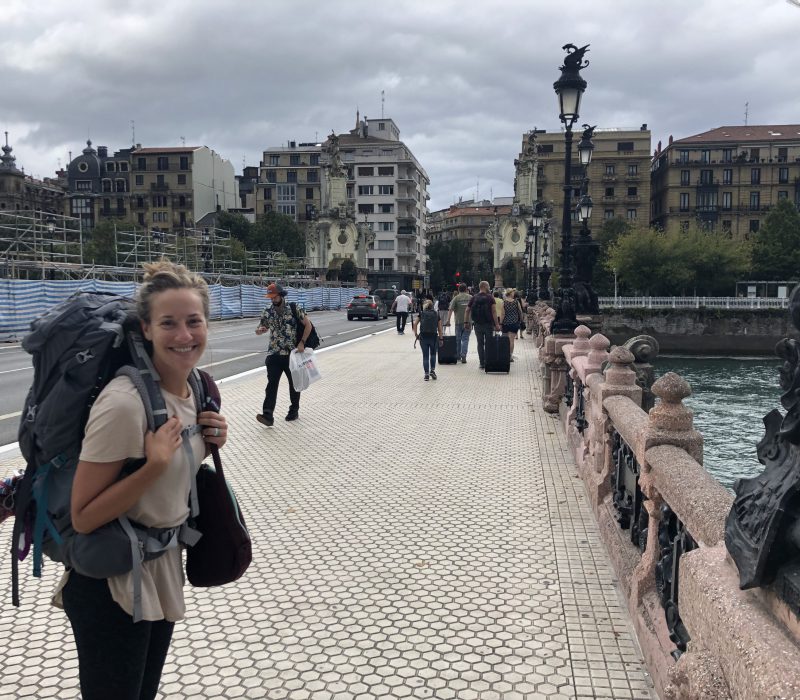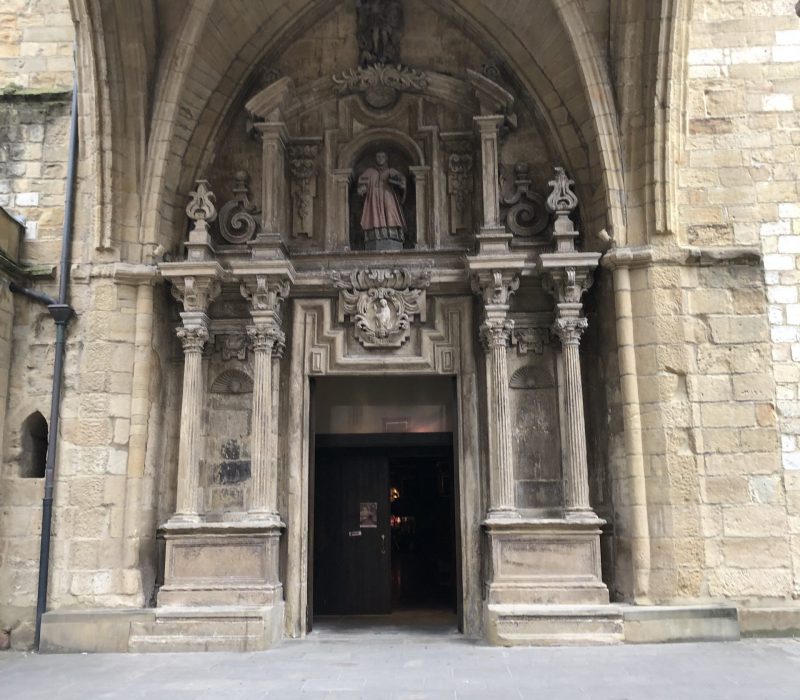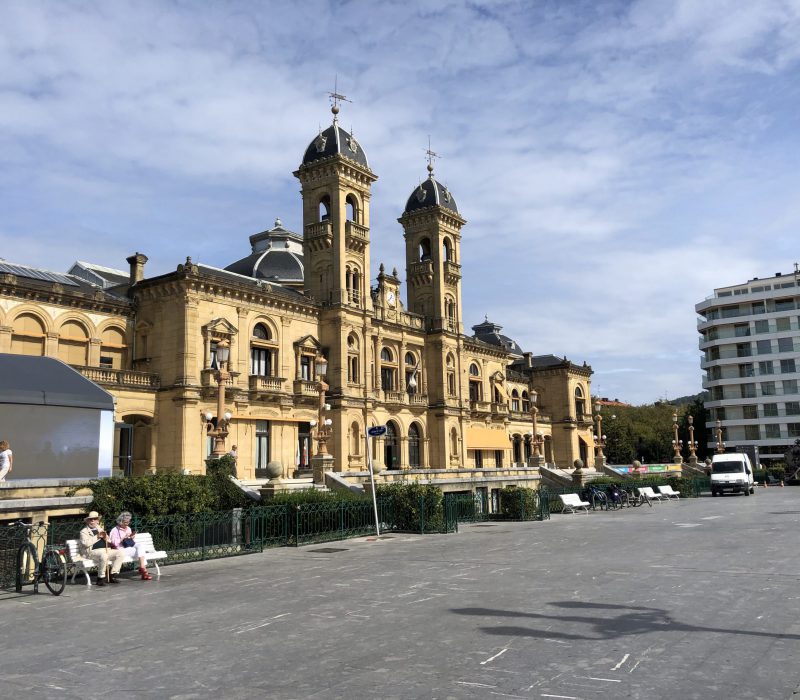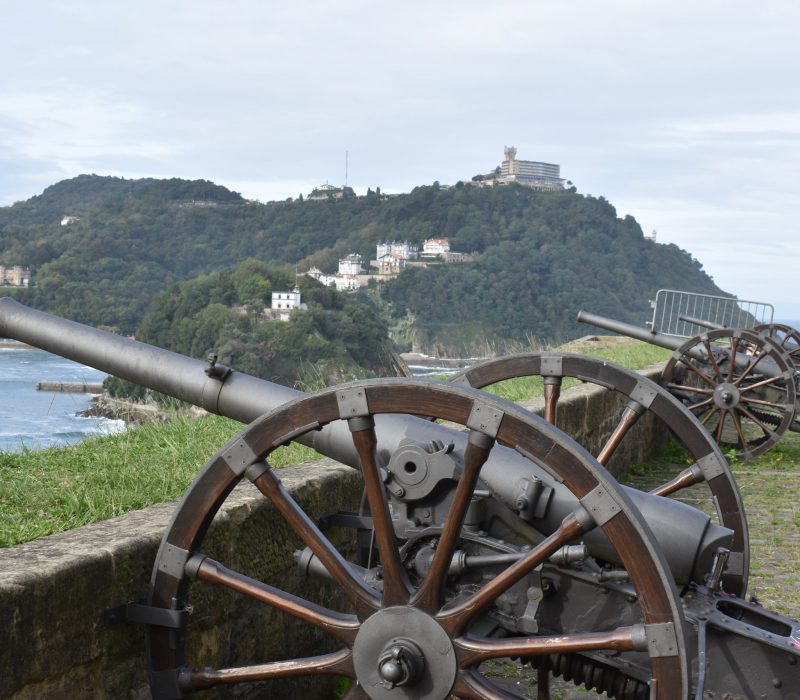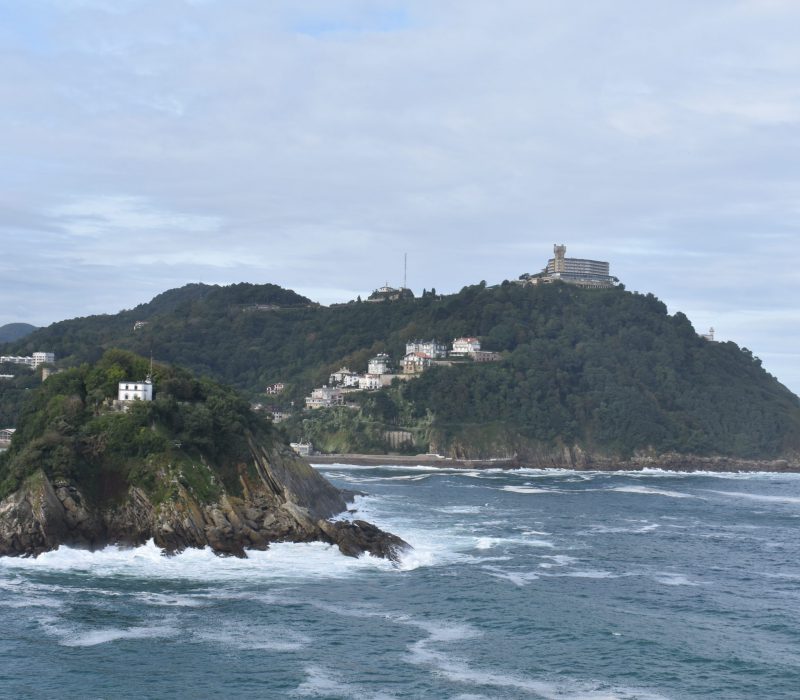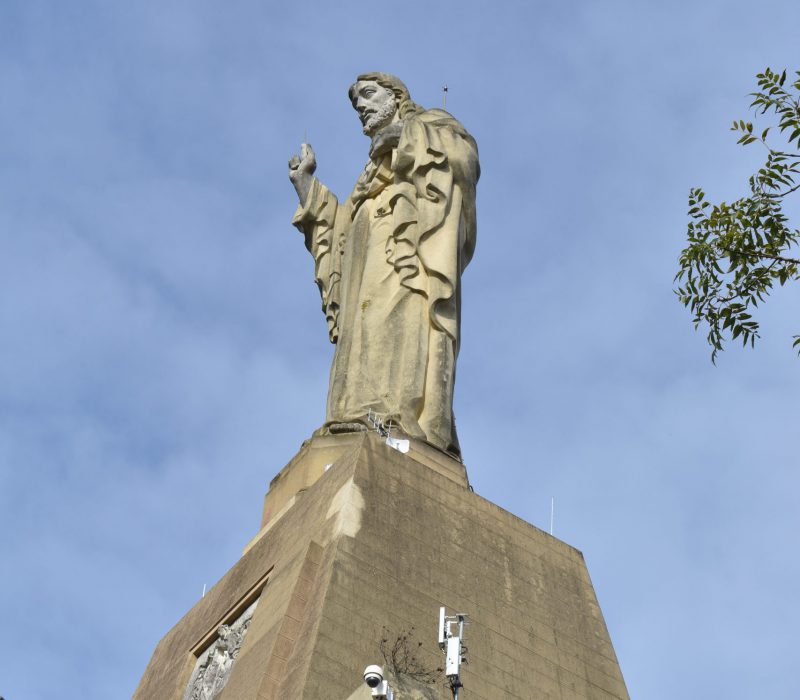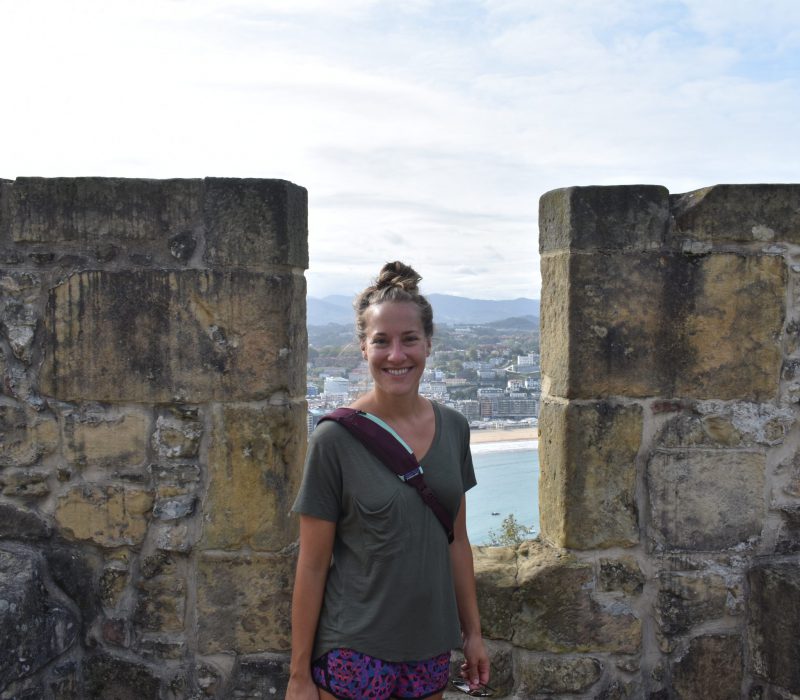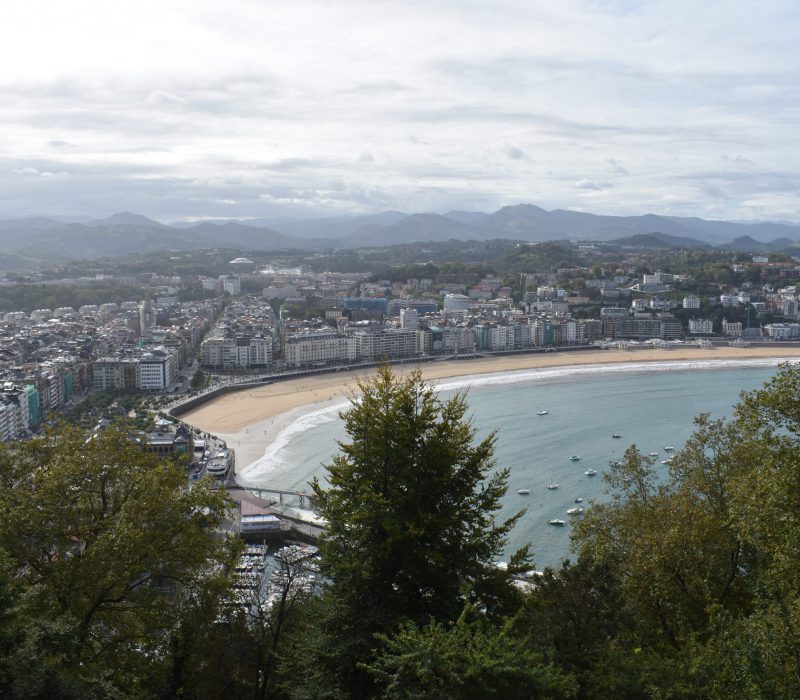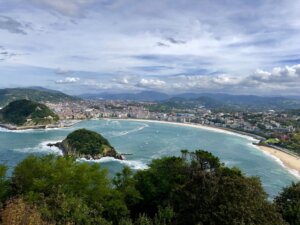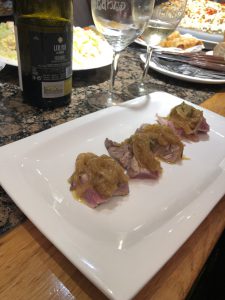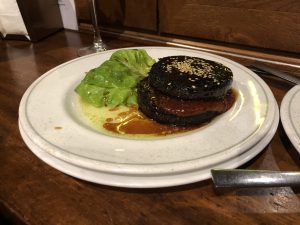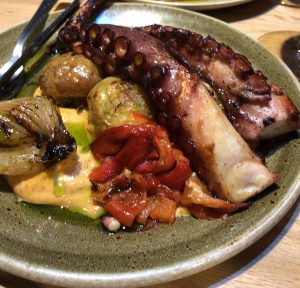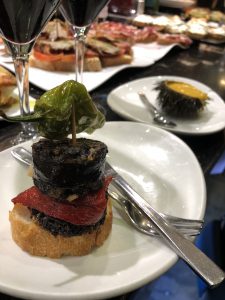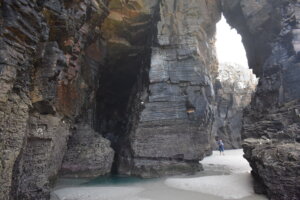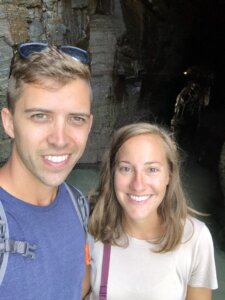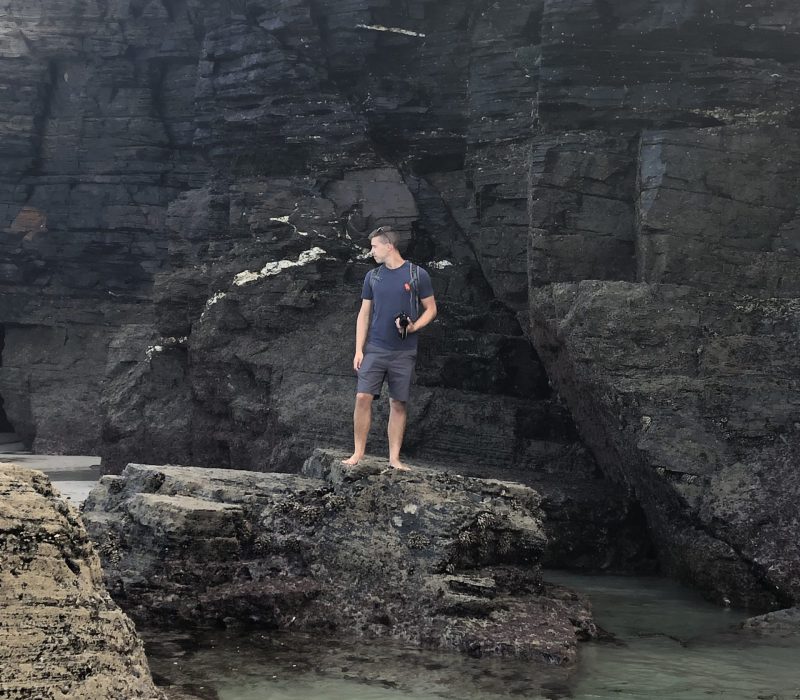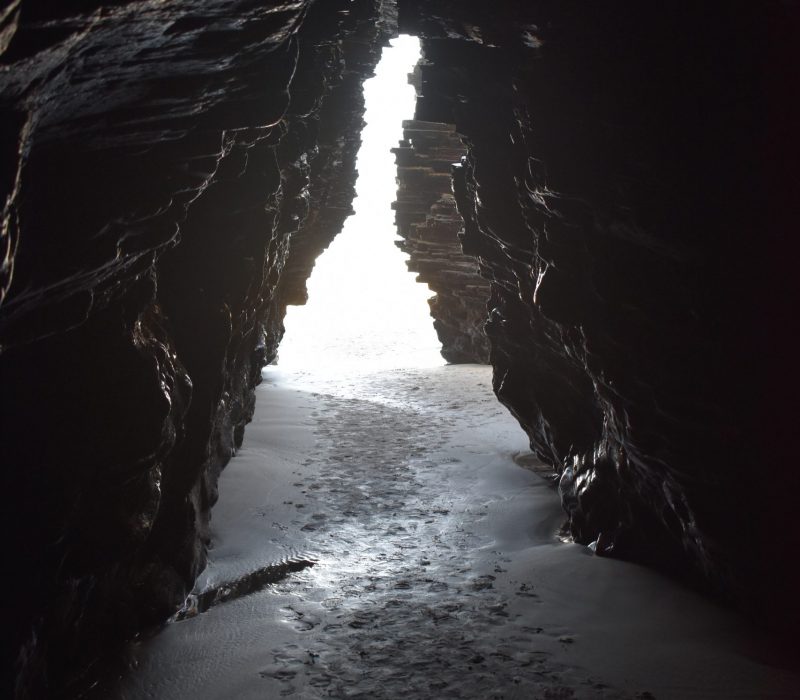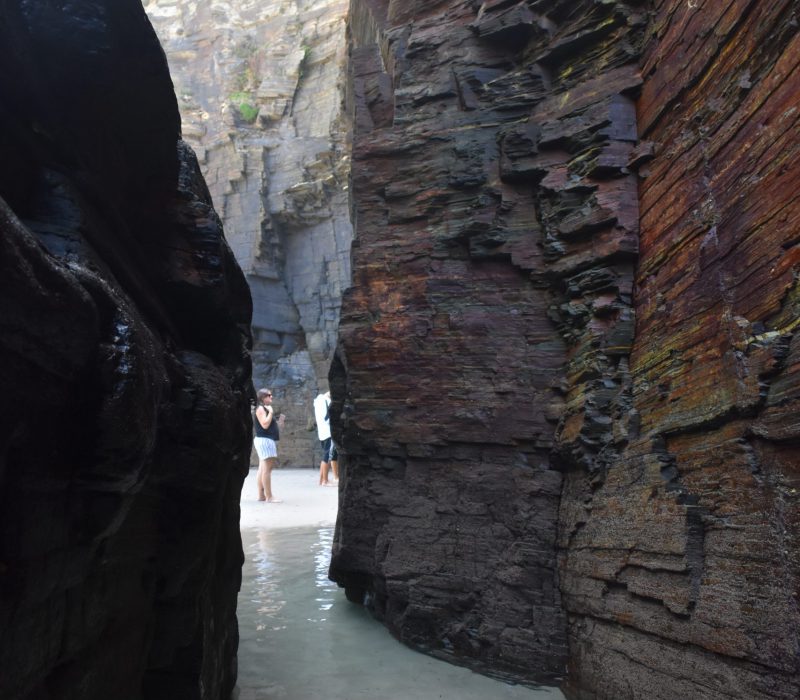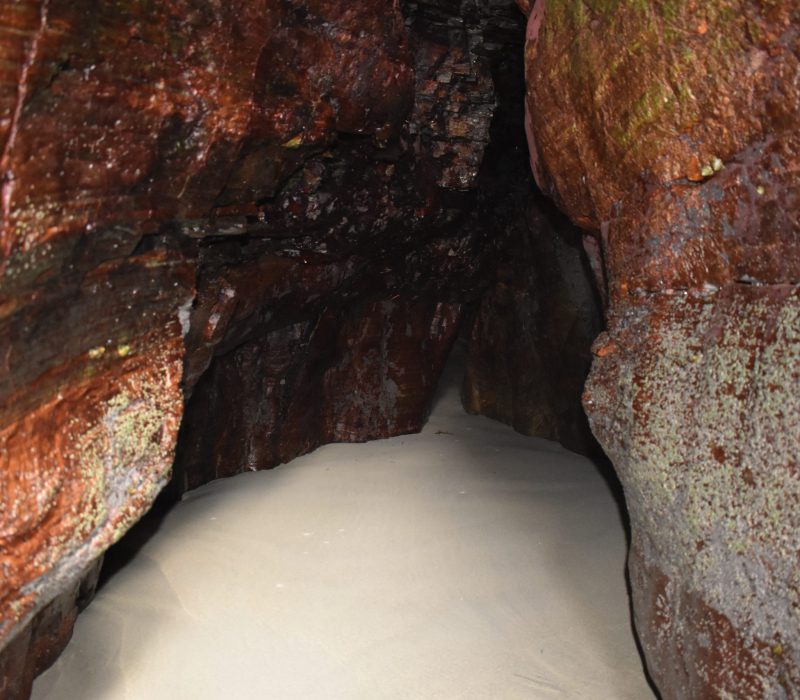Galicia is the far northwest corner of Spain, above Portugal. It is full of small fishing villages, rugged and beautiful coastlines and not a lot of tourists. This part of Spain is also home to the Rias Baixas wine region where the Albarino grape is grown. Galicia is quite large, you could easily spend a week or two exploring this area. There are lots of great options for where to base yourself. We decided on Pontevedra as a home base since it is near the coast and fairly centrally located. The one complaint we had was the tolls around Pontevedra are pretty brutal. We have also heard great things about A Coruna which is in the northern corner of Galicia although we didn’t make it there.
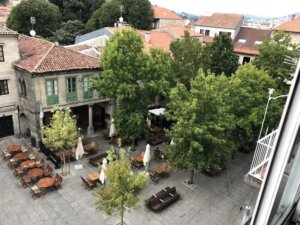
Pontevedra is a very nice little town situated along the river. We stayed right in the center of town in a lovely apartment we found on Air B and B. It was pretty overcast every day we were here and we did have one very rainy day but don’t let that deter you, the city is still beautiful! It is full of cobblestone streets and a lot of old architecture. We spent most of our time in the old part of the city just wandering around. There is no driving in the old part of the town, so you have to park then walk in. There was free parking available here:
We would recommend these two restaurants in Pontevedra specifically:
King Omar Doner Kebab: This place is super small, they have take out or you can eat there. The kebabs are absolutely amazing! By this point in our trip we were looking for different types of food and we just wanted a quick and inexpensive dinner. This place was perfect!
IceWolf: This restaurant has international food. They have dishes from all over the world prepared with fresh ingredients from the area. We really enjoyed the scallops and the pad thai.
The rest of our time here we ate mostly pintxos or grocery shopped and cooked in our Air B and B apartment but there are plenty of other great restaurants in the city.
We had read about and really wanted to go to the Cies Islands off the coast. There are two companies that run ferries to and from the islands. You do need to get authorization to visit the islands. They only let so many people visit each day. The dates that we were in Galicia at the end of September they were not allowing visitors so we were unable to go. If you do get a chance these islands look amazing! To obtain authorization, you need to visit this website.
Since we couldn’t visit the islands we decided to drive to the peninsula just south of Pontevedra and see what we could find. It looked like there were several beaches there so we just went for it. We ended up spending most of the afternoon out there. We happened to find a few lookout points with great views of the islands called Faro de Punta Robaleira. We then kept driving and found a hiking trail. We followed that down and found a lighthouse as well as a few small, secluded beaches. We got great views of the islands and the coastline from up by the lighthouse. From there we drove to Praia de Vino. This was one of three beaches all in a row, separated by large boulders along the coast. Every beach in this area that we stopped at we either had it to ourselves or there were only a couple other people there. Be aware, nudism seemed to be common on these beaches. If that offends you, you may want to go to the first of the three beaches (Praia de Nerga) which is closer to the town. We would recommend packing a lunch and planning to give yourself plenty of time to explore if you do head to this area!
The next day was pretty rainy. We decided to drive to Isla de Arosa, which is connected to the mainland by a bridge. There is a park on the south side of the island with hiking trails that follow the coast. As you walk you will come upon lots of small, secluded beaches. It was extremely rainy and windy while we were there but the hike was still beautiful. On a sunny day this would be a great place to hang out on one of the beaches. After our hike, we drove around the island and found a little café to stop in for lunch. We ended up having some of the best octopus we had during our entire Spain trip in this small restaurant. We also had razor clams which were delicious.
While we were in Galicia we of course had to do some wine tasting. We have done a lot of wine tours in the past so we stuck with just two wineries this time. We chose to do the tour and tasting at Pazo Senorans. They have a traditional manor house on the property which they host weddings and other events at. We got a full tour of the house and the surrounding grounds before heading into the winery for our tasting. We really enjoyed this tour, the house is beautiful and full of history. We learned a lot about Galician traditions that we wouldn’t have learned at a more standard winery tour. We tasted their standard Albarino and an aged Albarino wine. They do not blend their wines with any other grapes or age their wine on oak. They focus on showing off what the Albarino grape can be on its own using different methods during the winemaking process.
We also learned here that most wineries in Galicia also make a distilled spirit called Orujo. This is distilled from the wine pomace (fermented grape skins and seeds). At Pazo Senorans we got to taste the standard spirit and one that is flavored with a blend of herbs and spices. We really enjoyed both. This is something that is unique to Galicia and definitely worth a try while you are here.
The second winery we visited was Mar de Frades. This winery is close to the sea. You can actually see the ocean from their vineyards. Here we did your standard vineyard and winery tour which ended with a tasting. The thing that was different here was that we got to try the juice of the grapes since they had just recently finished the harvest. We also got to taste the juice about halfway through fermentation to see how it changed. We ended with a tasting out on the patio next to the vineyard. Here we tasted their standard Albarino, an oaked Albarino, and a sparkling Albarino. Our tasting was accompanied by a light snack of sardines and crackers to pair with the wine. We also were given extra wine and then given time to finish our snack and our wine out on the patio.
Galicia has so much to offer! We only saw a small portion of it but that just gives us an excuse to go back and explore some more! Leave a comment below on anything we missed or you want to know more about!

